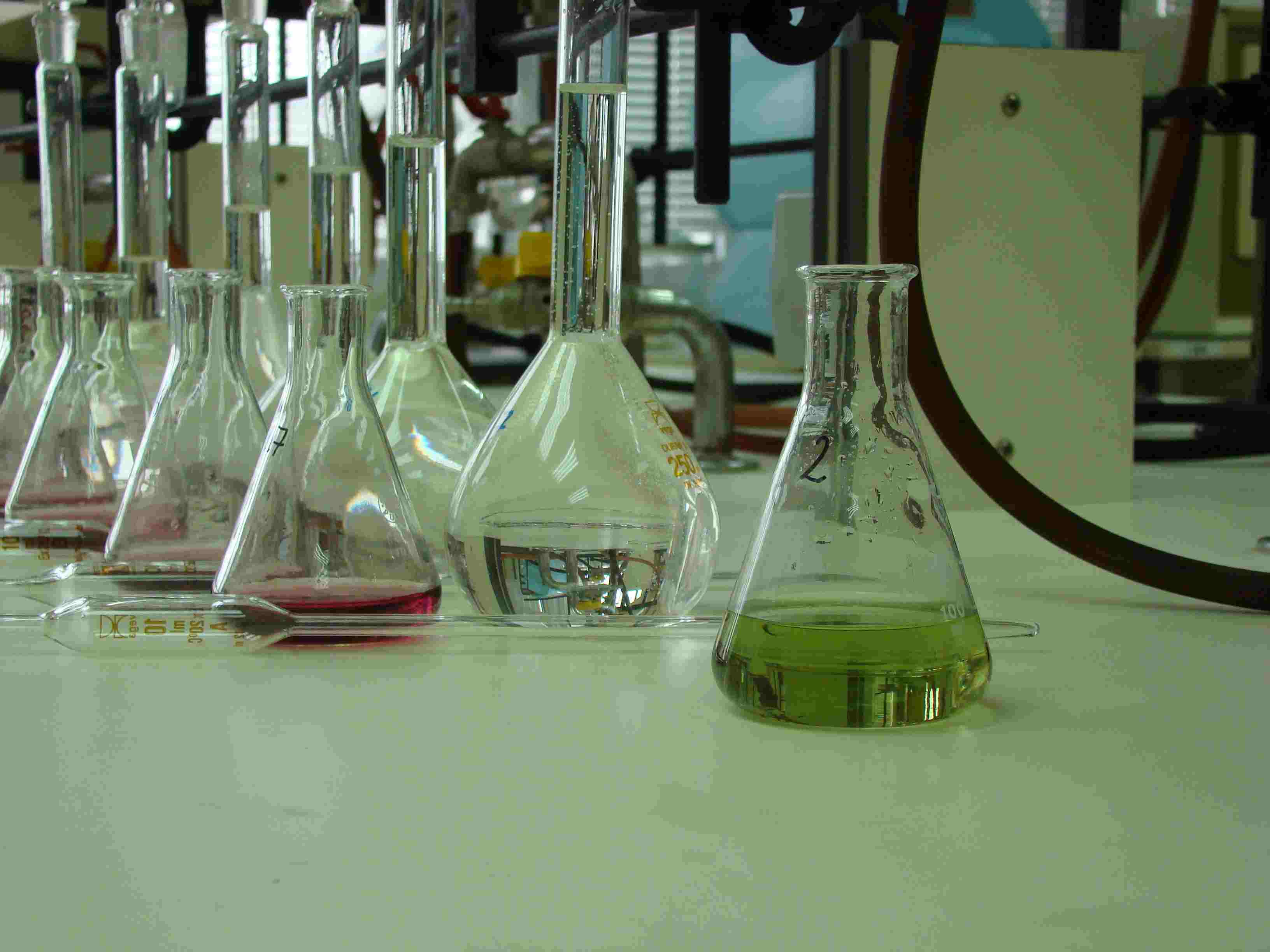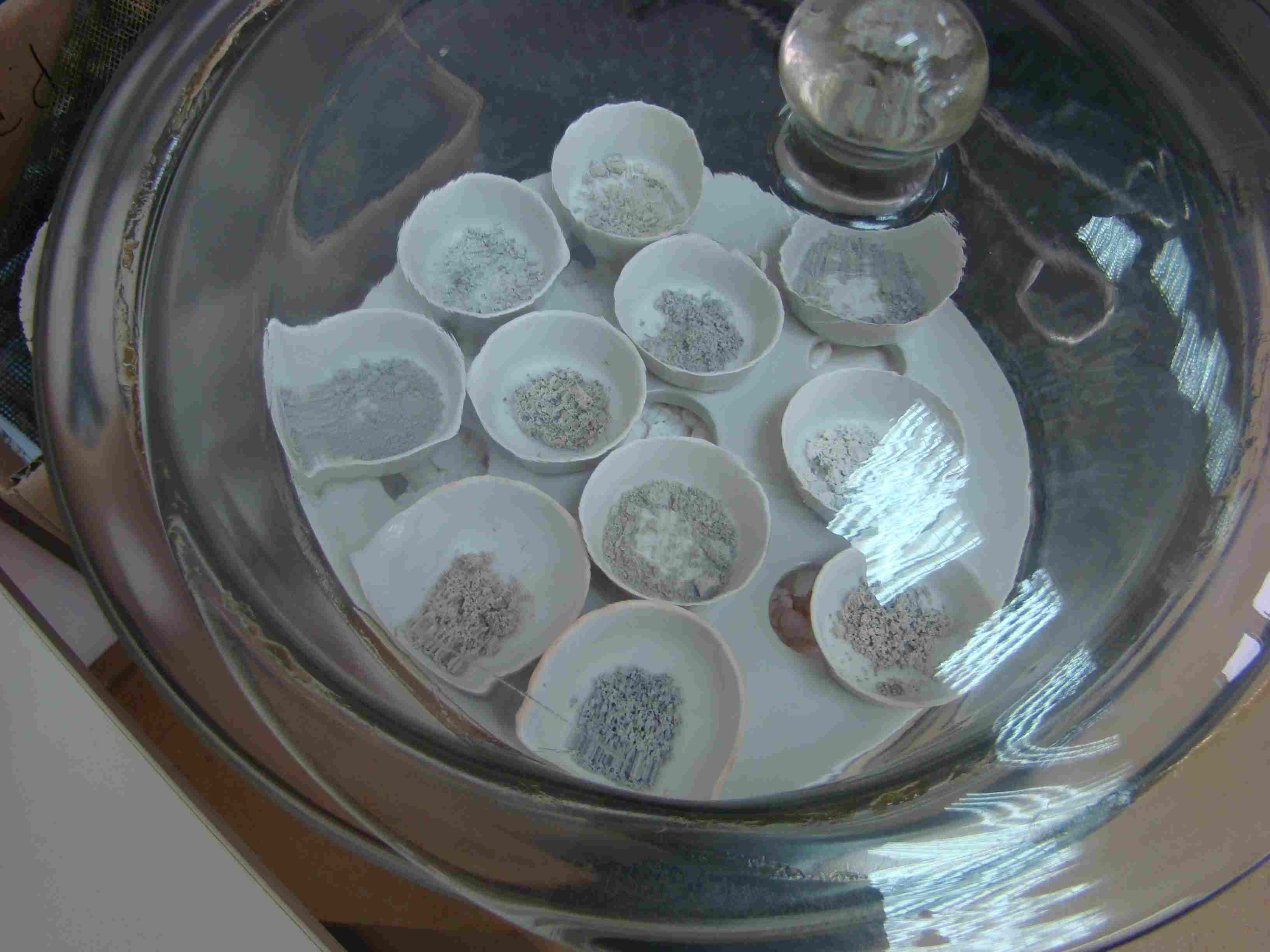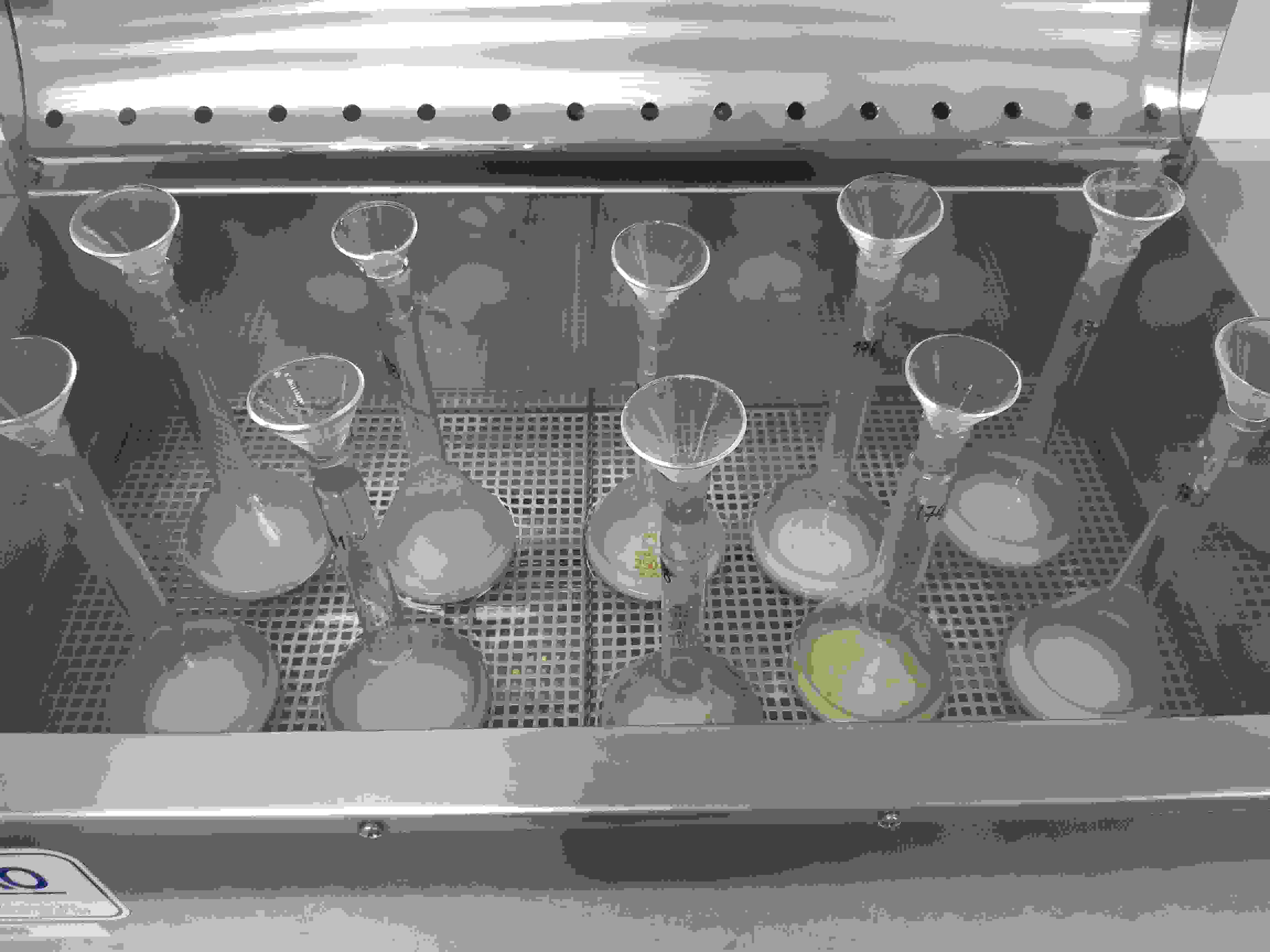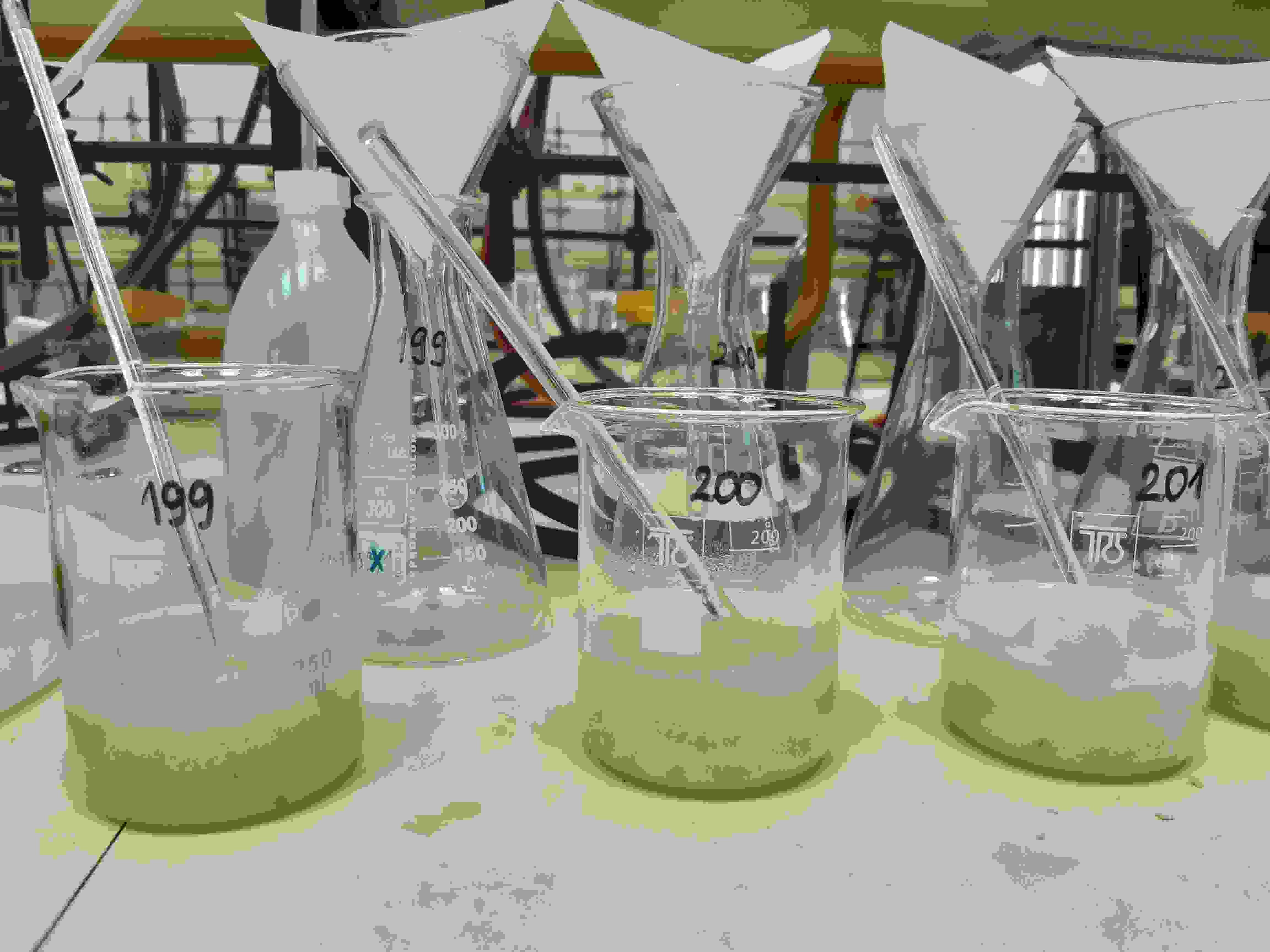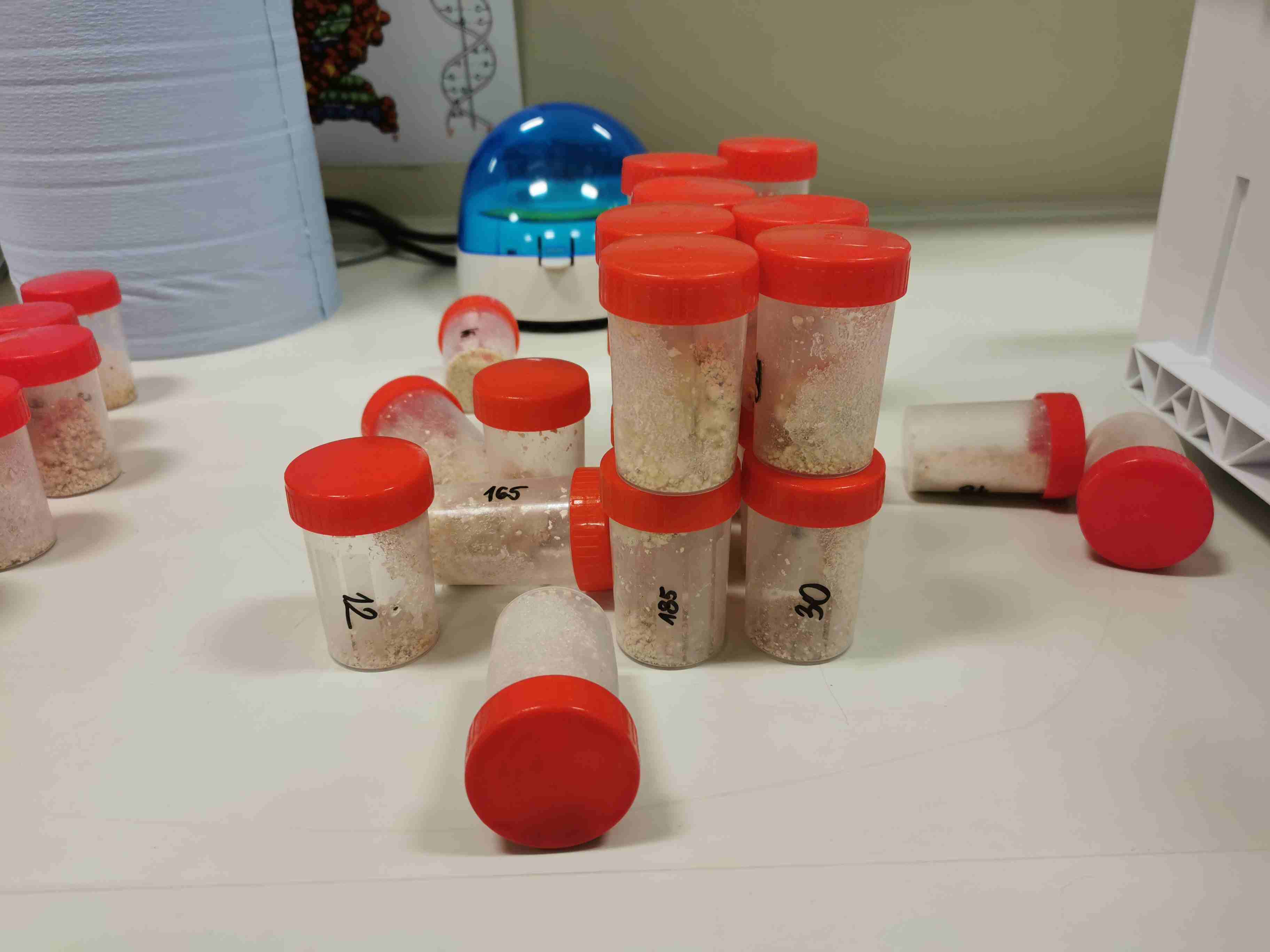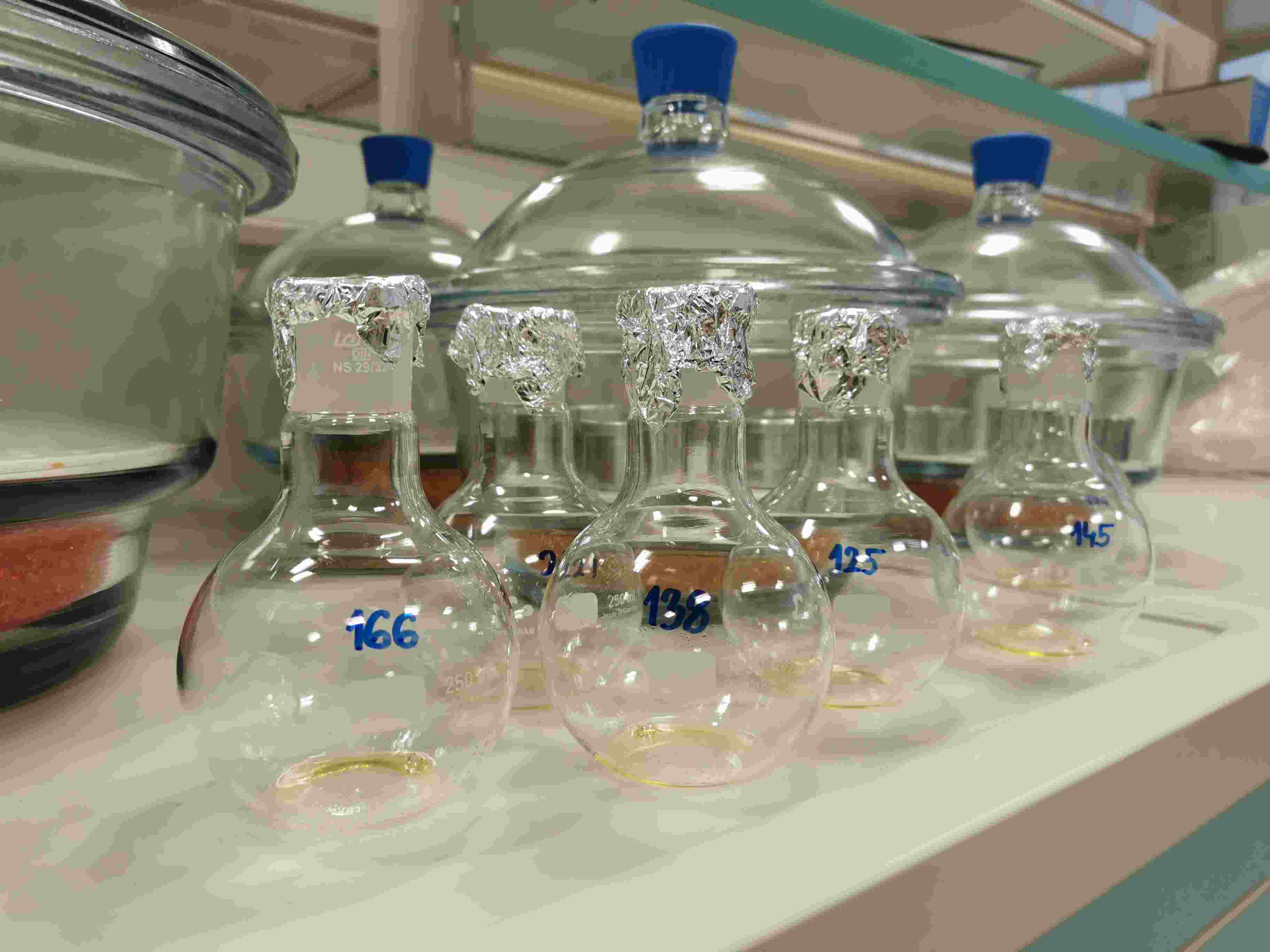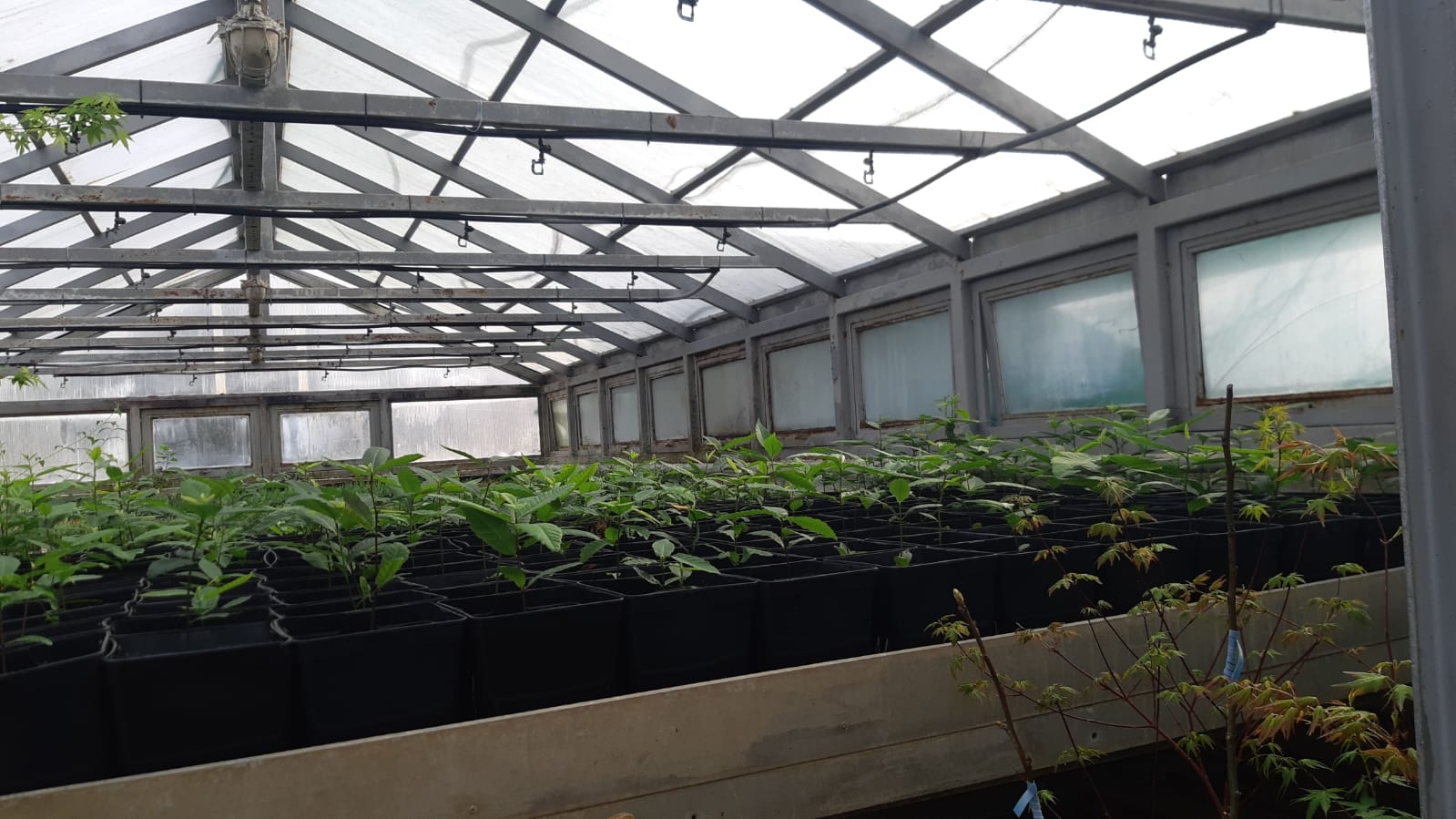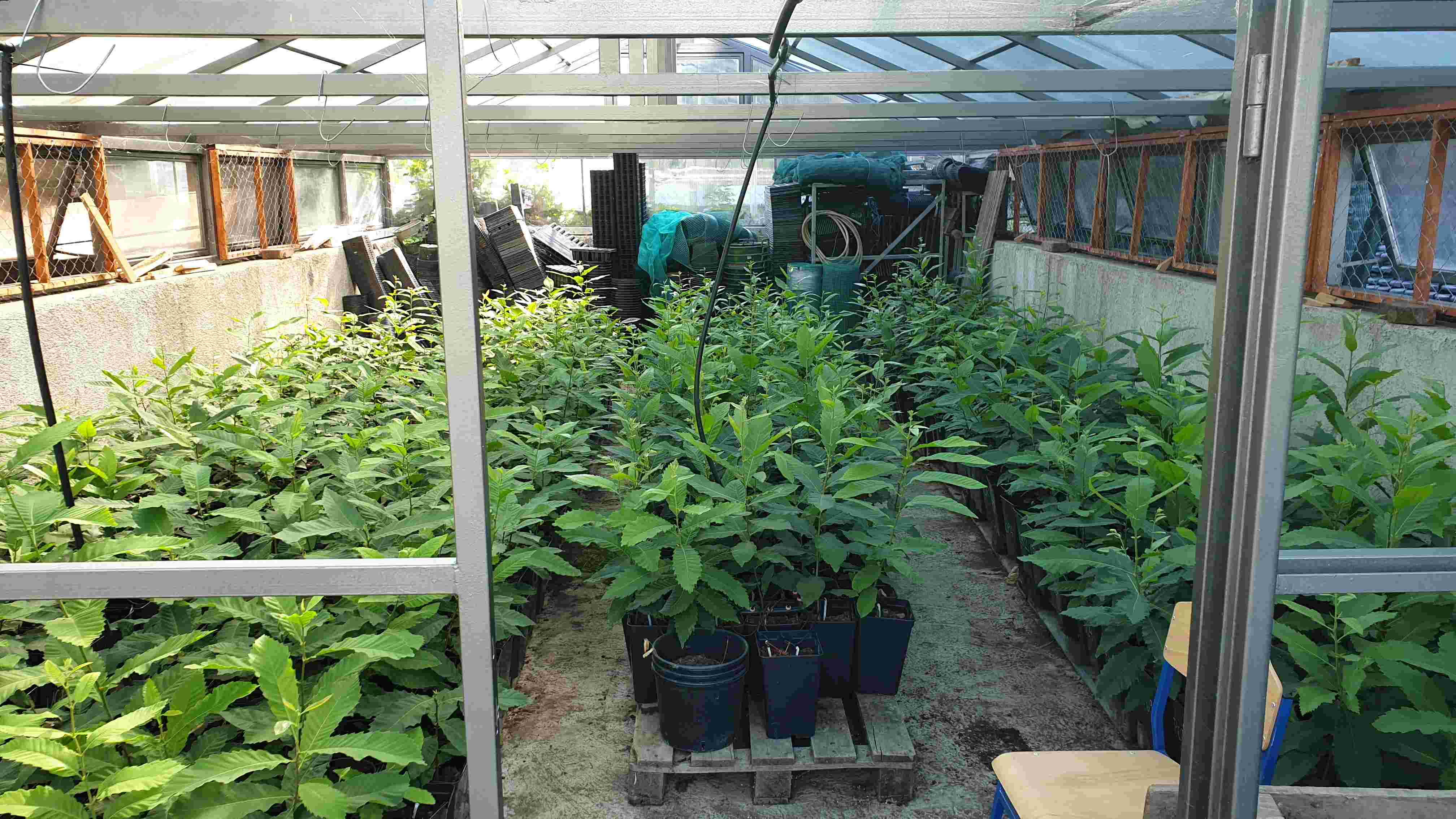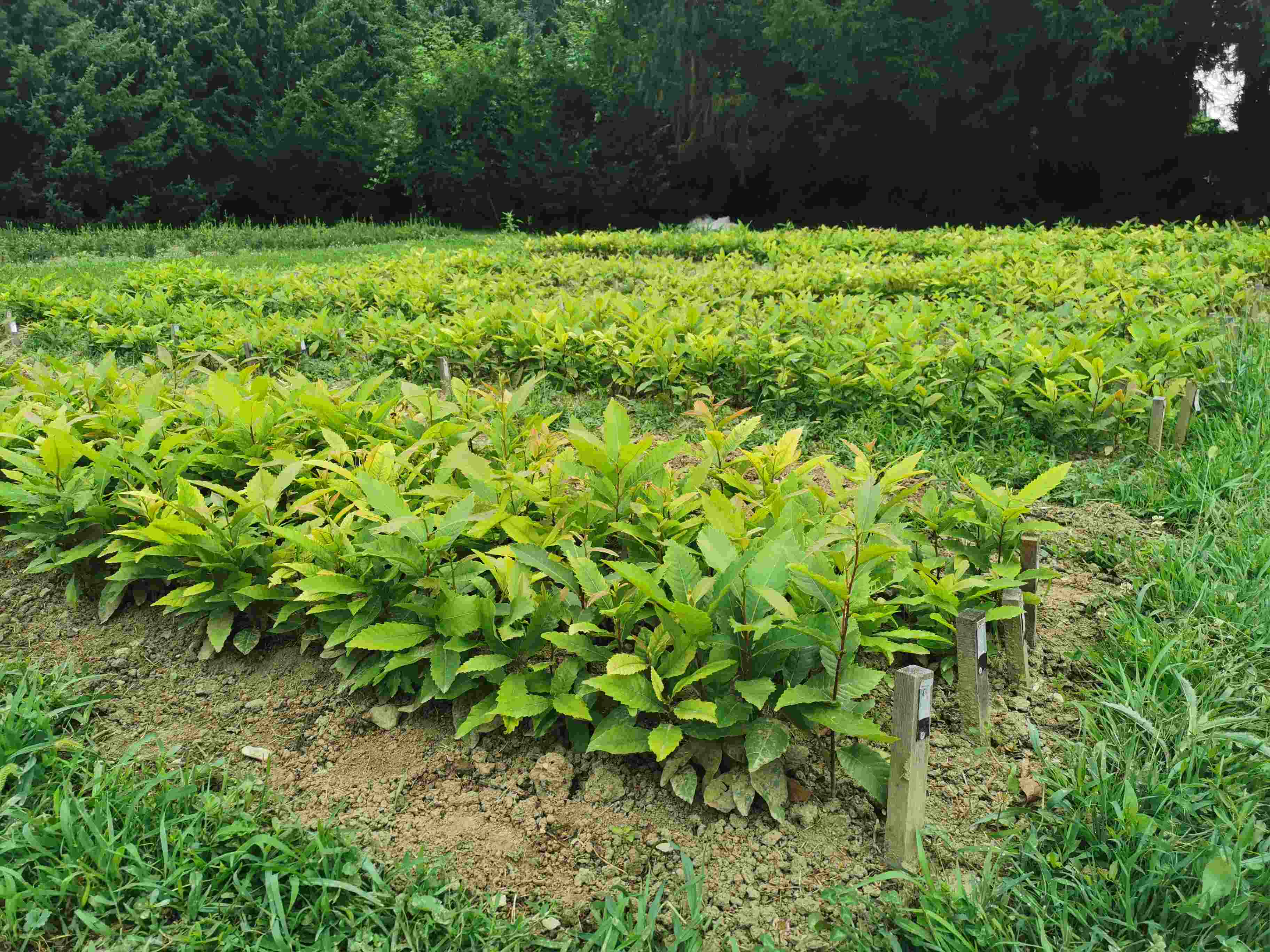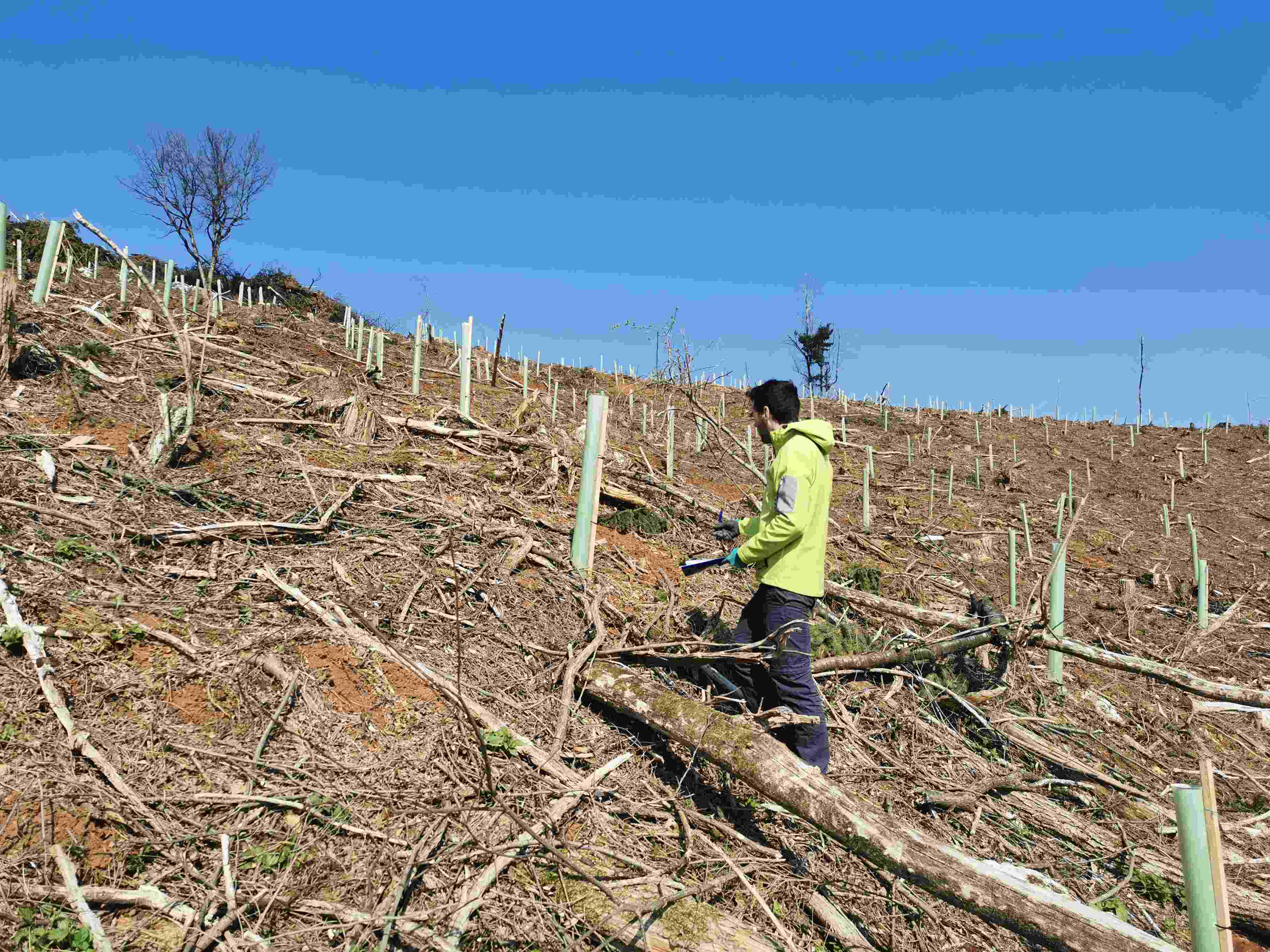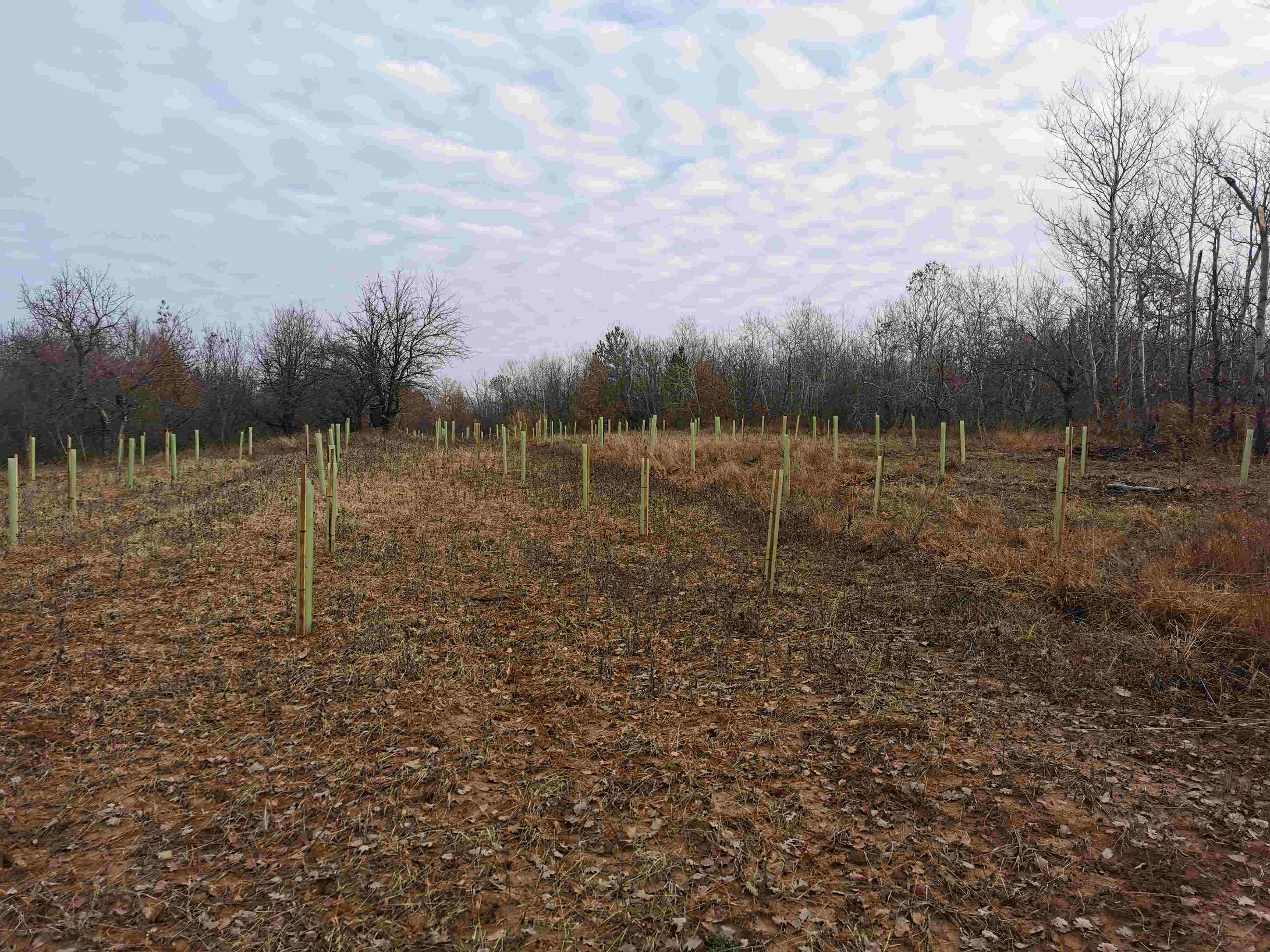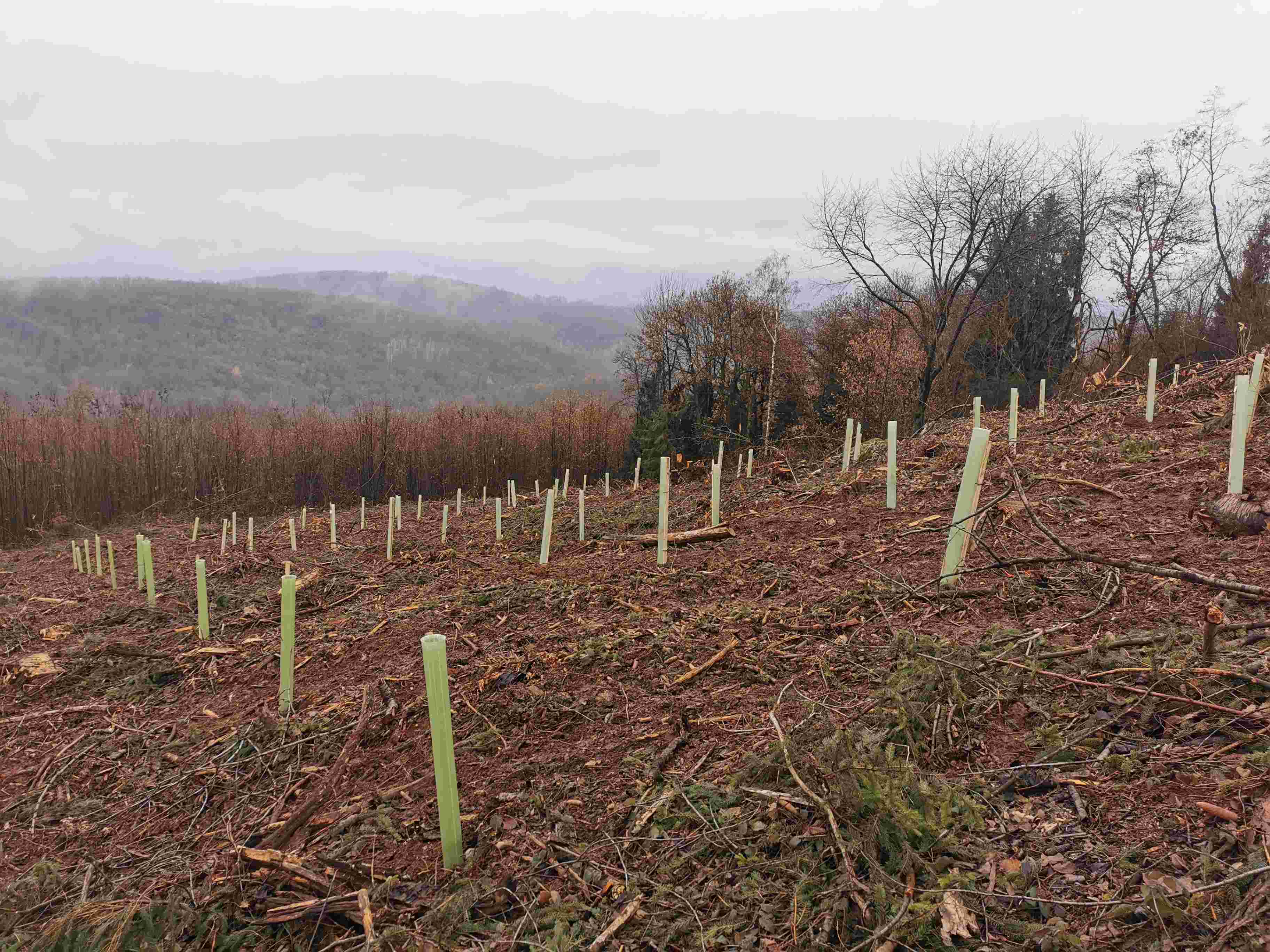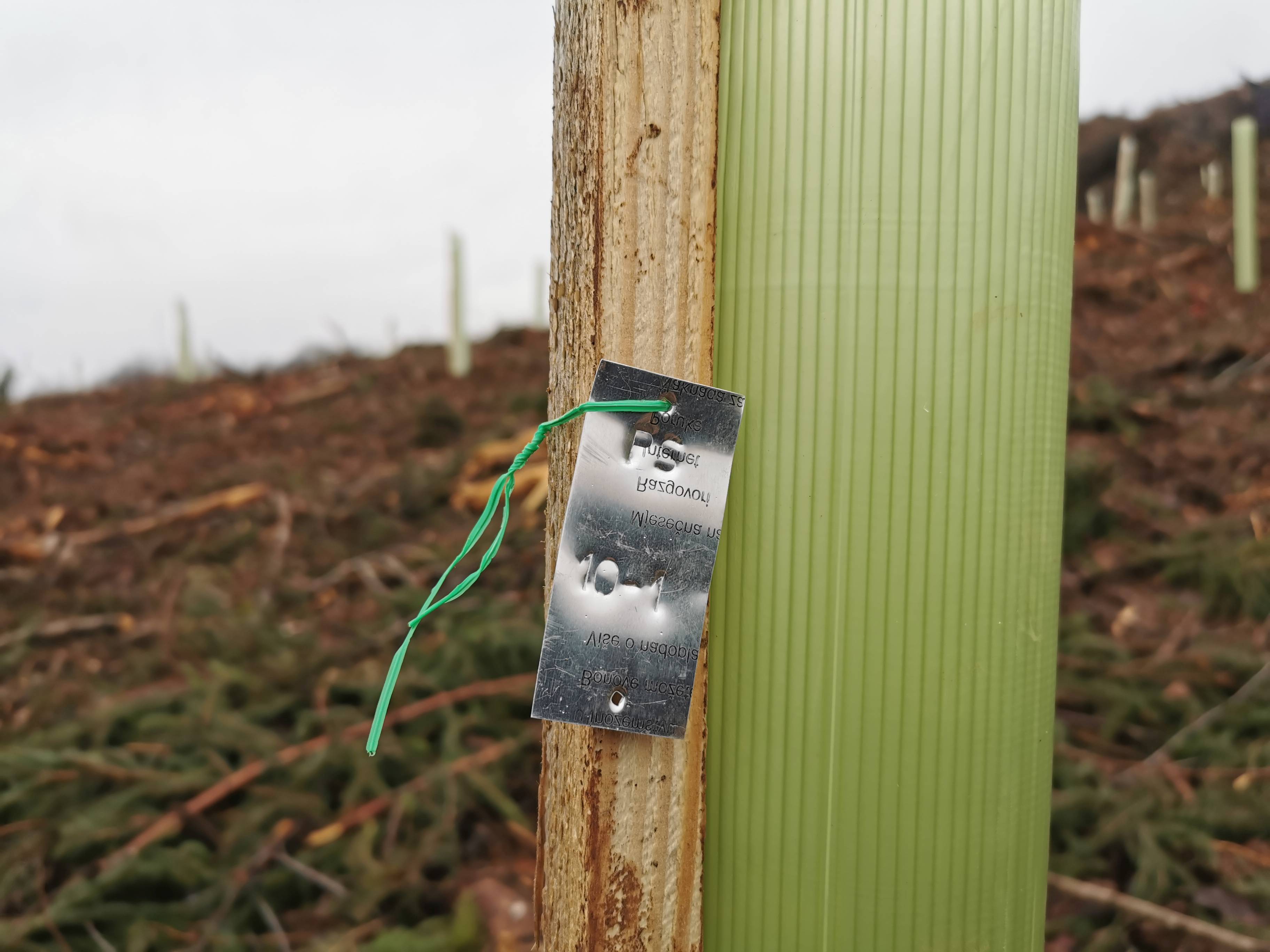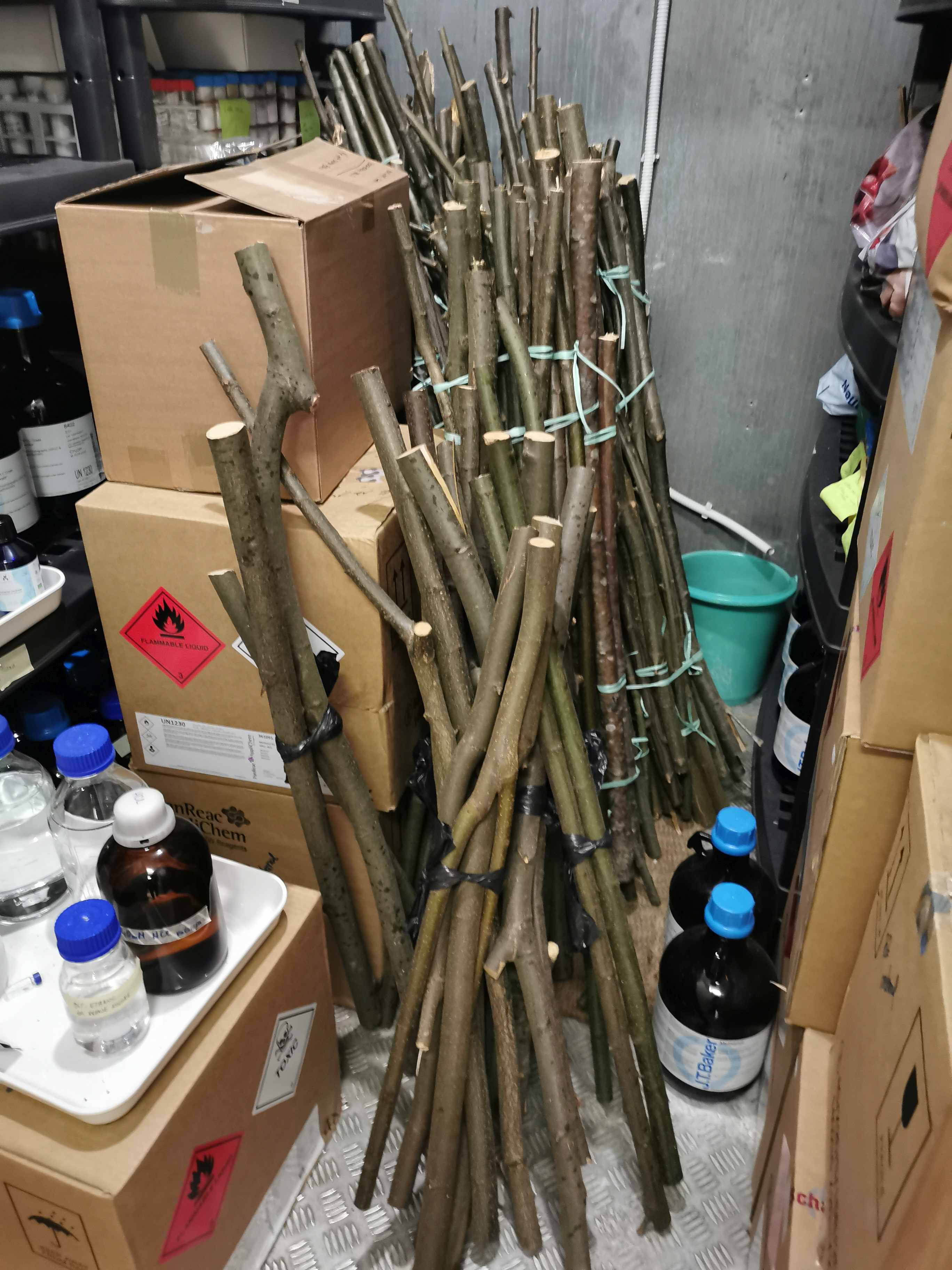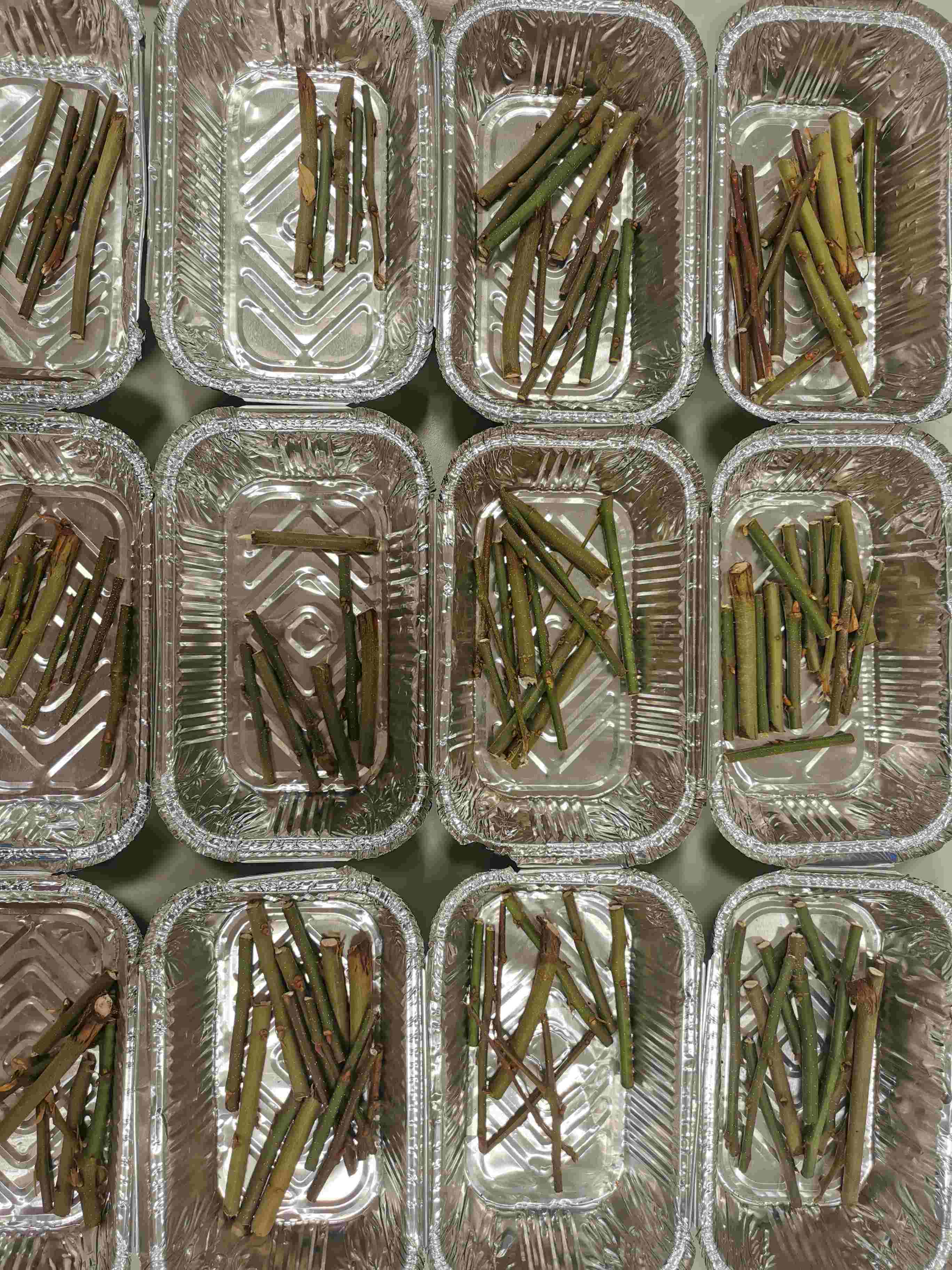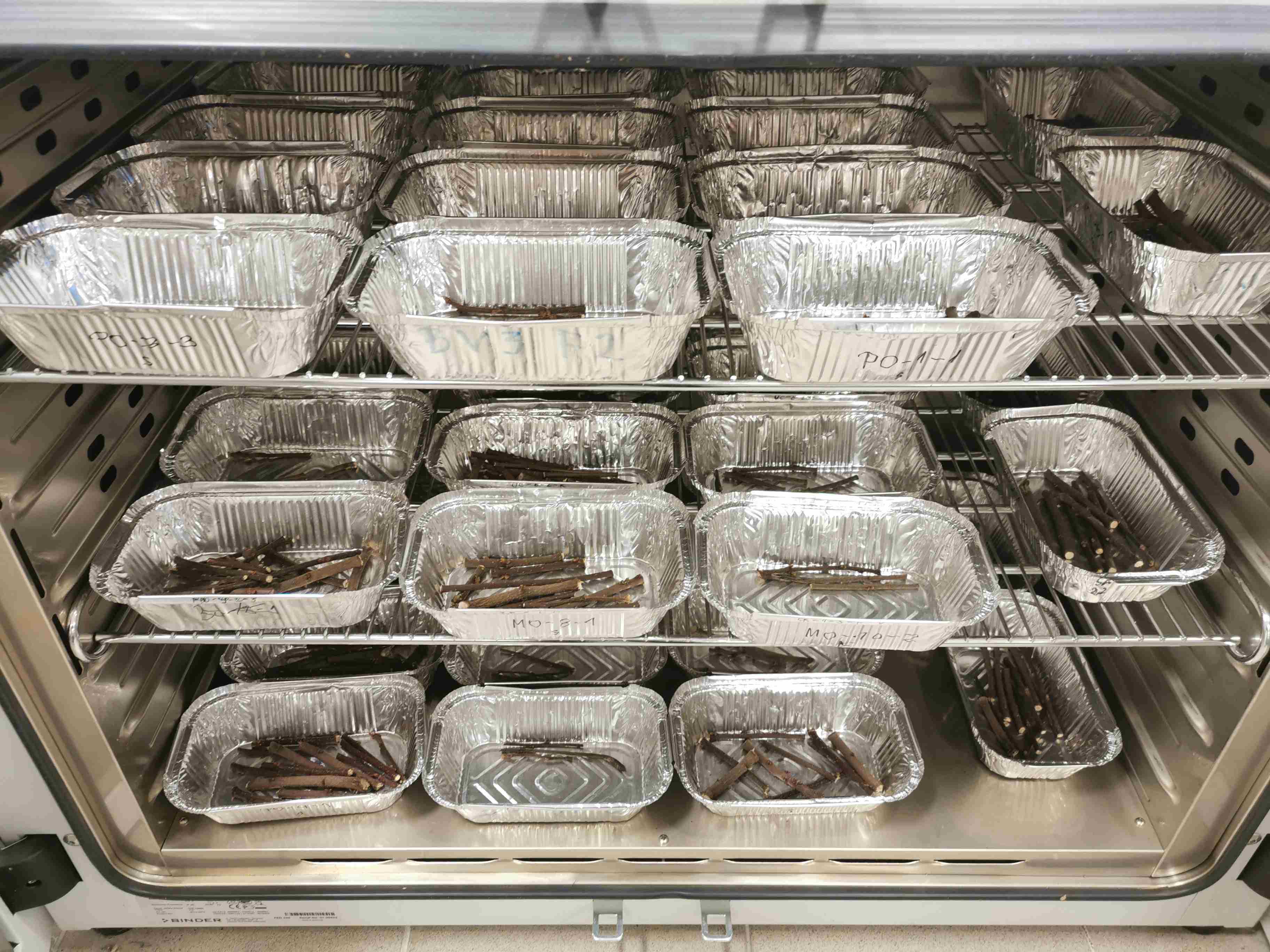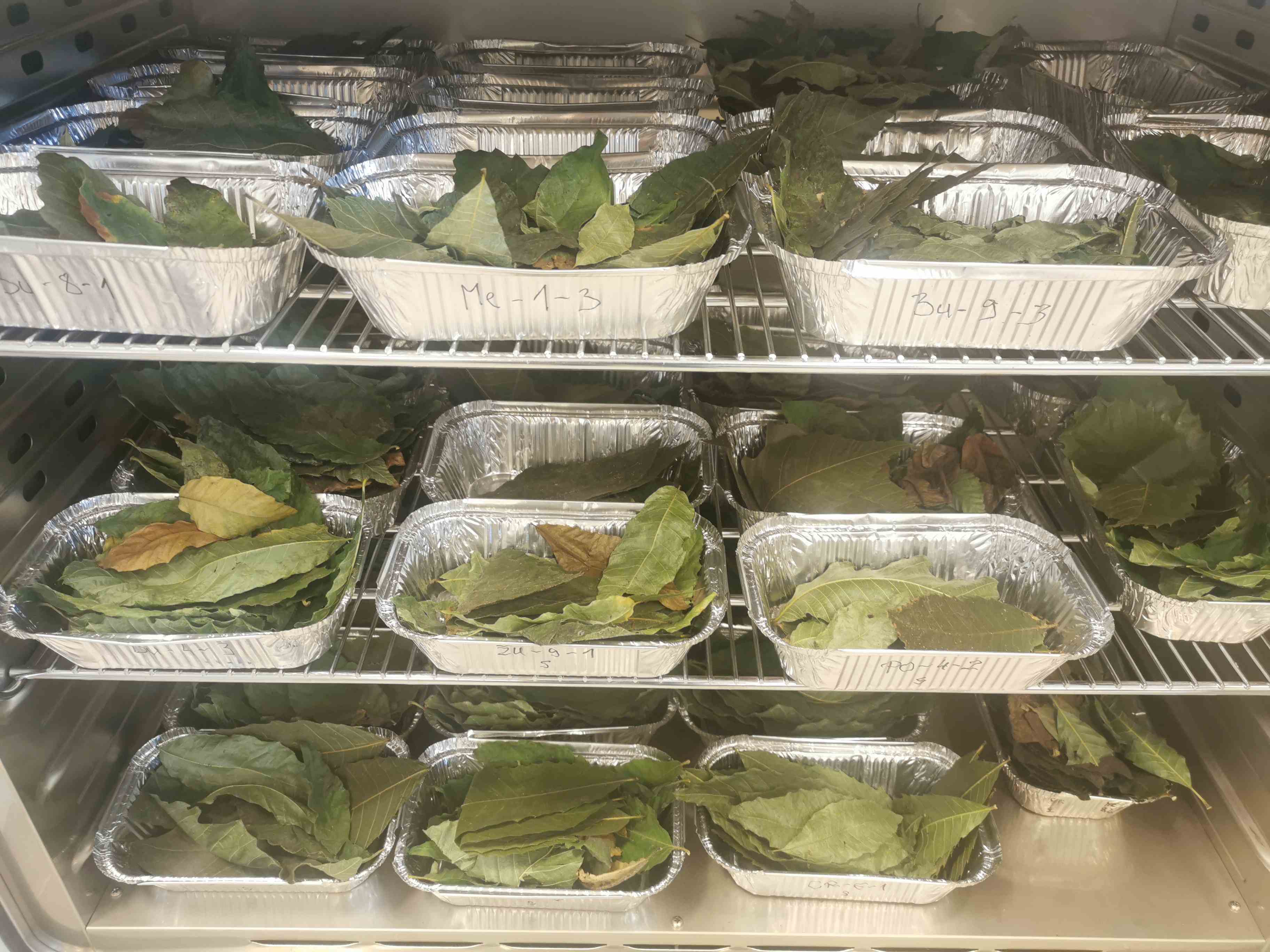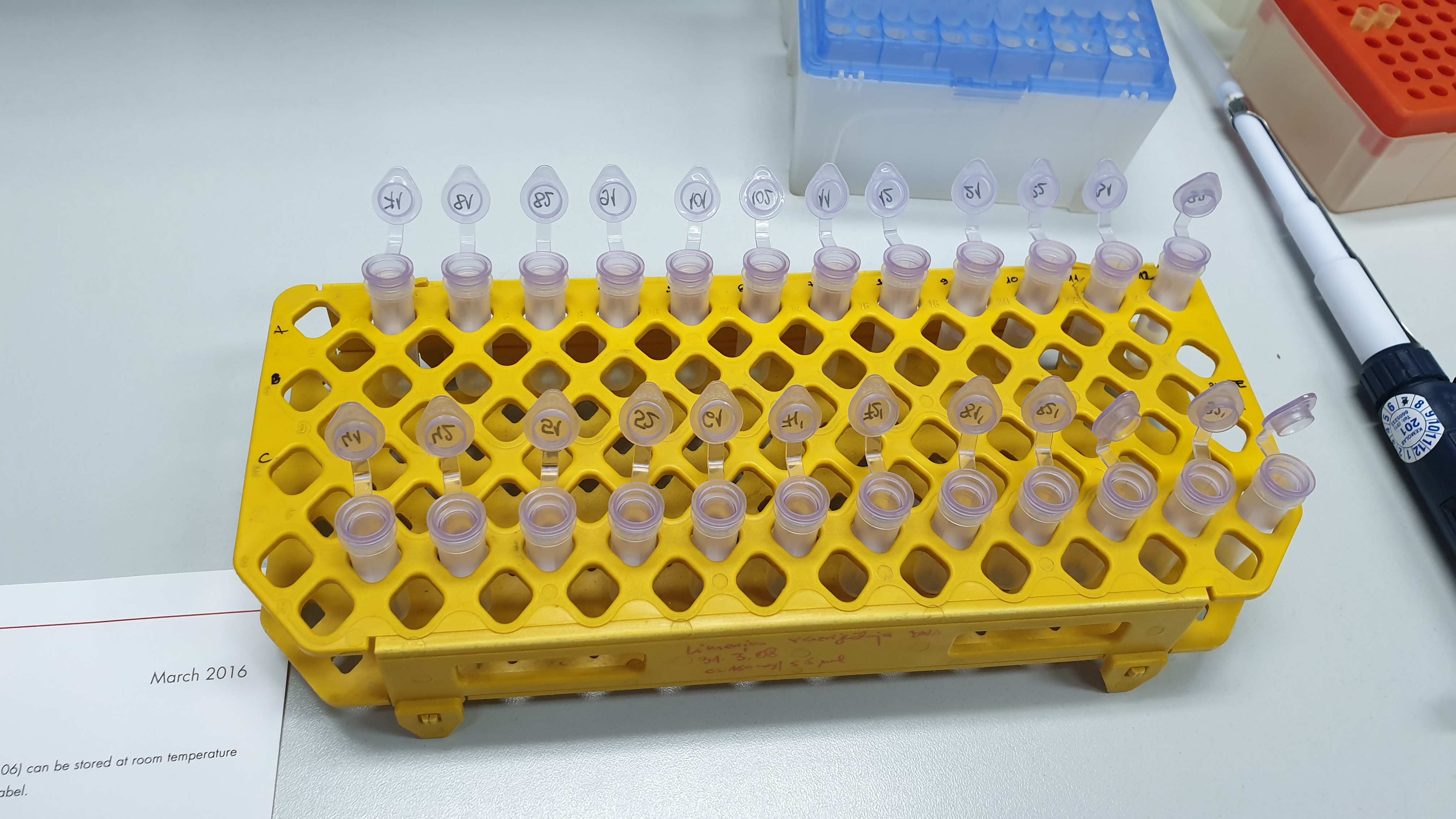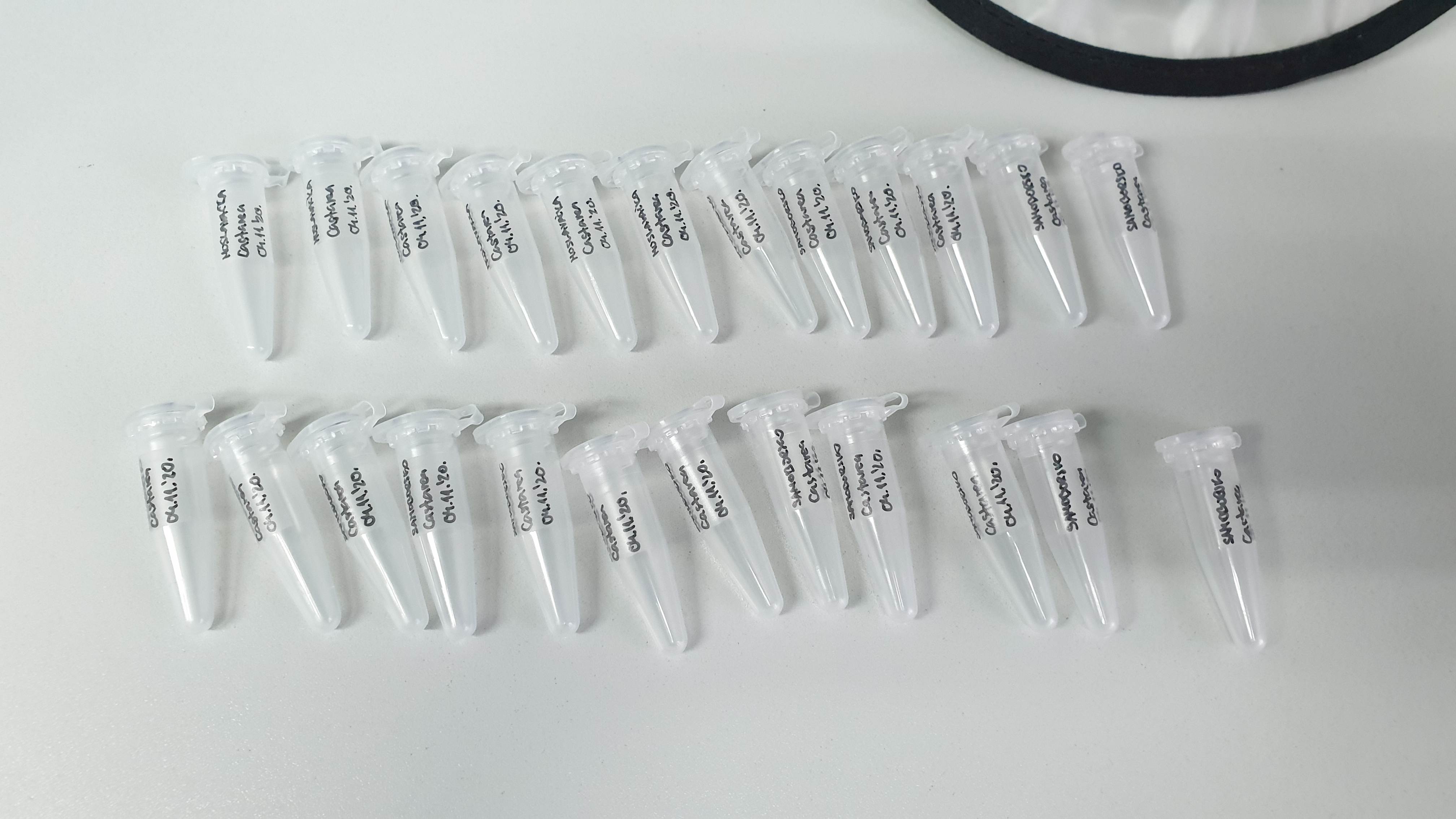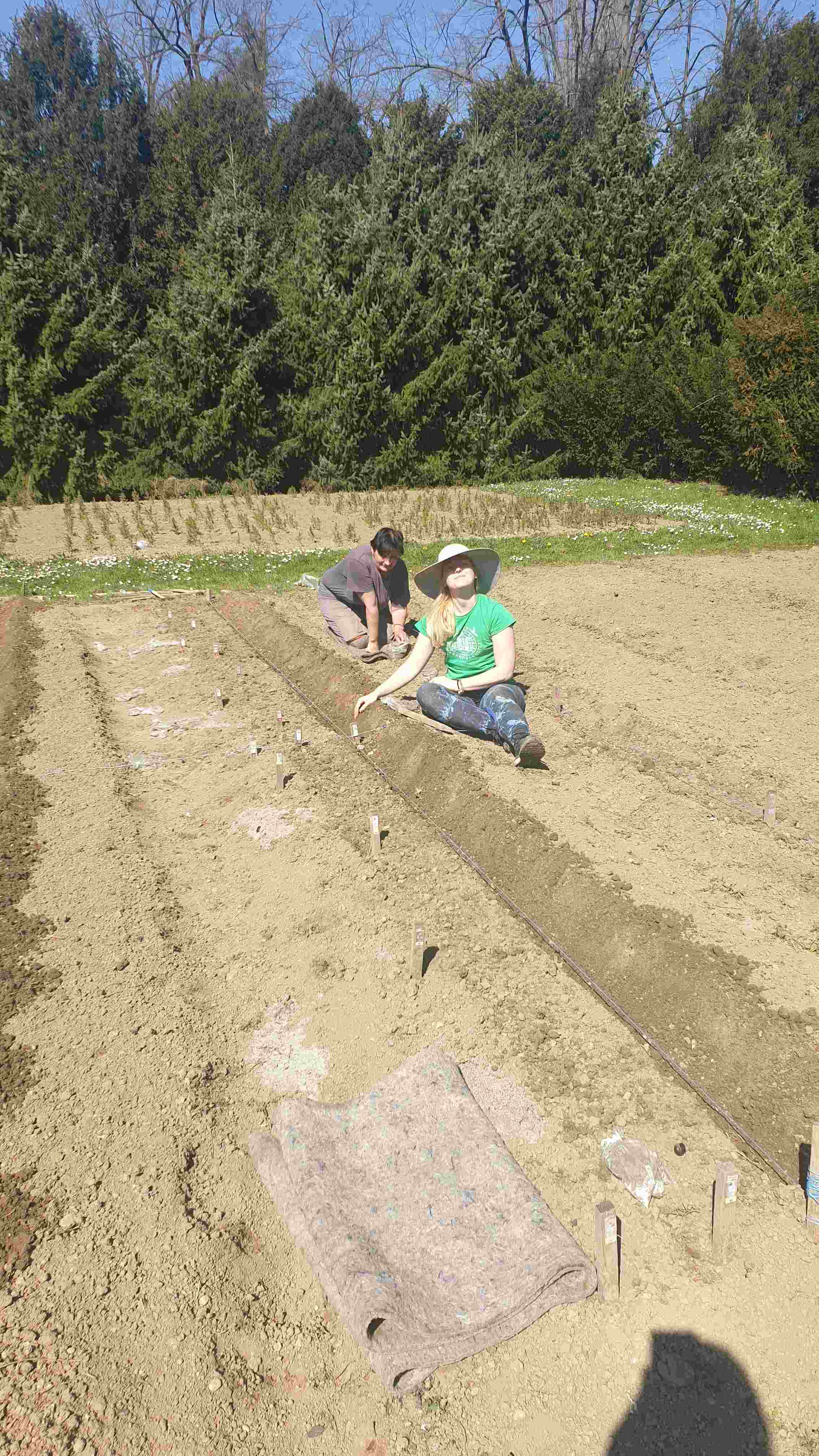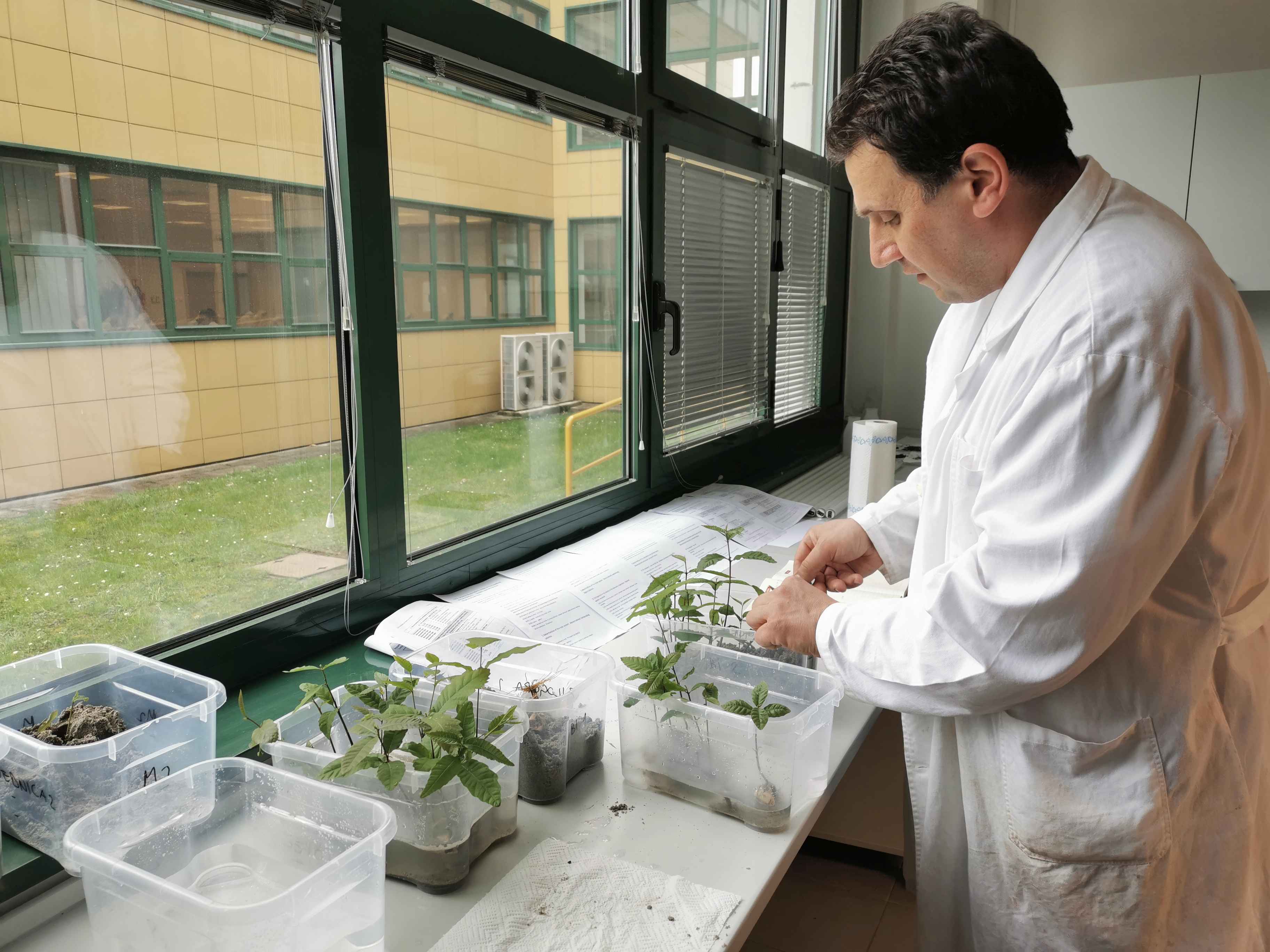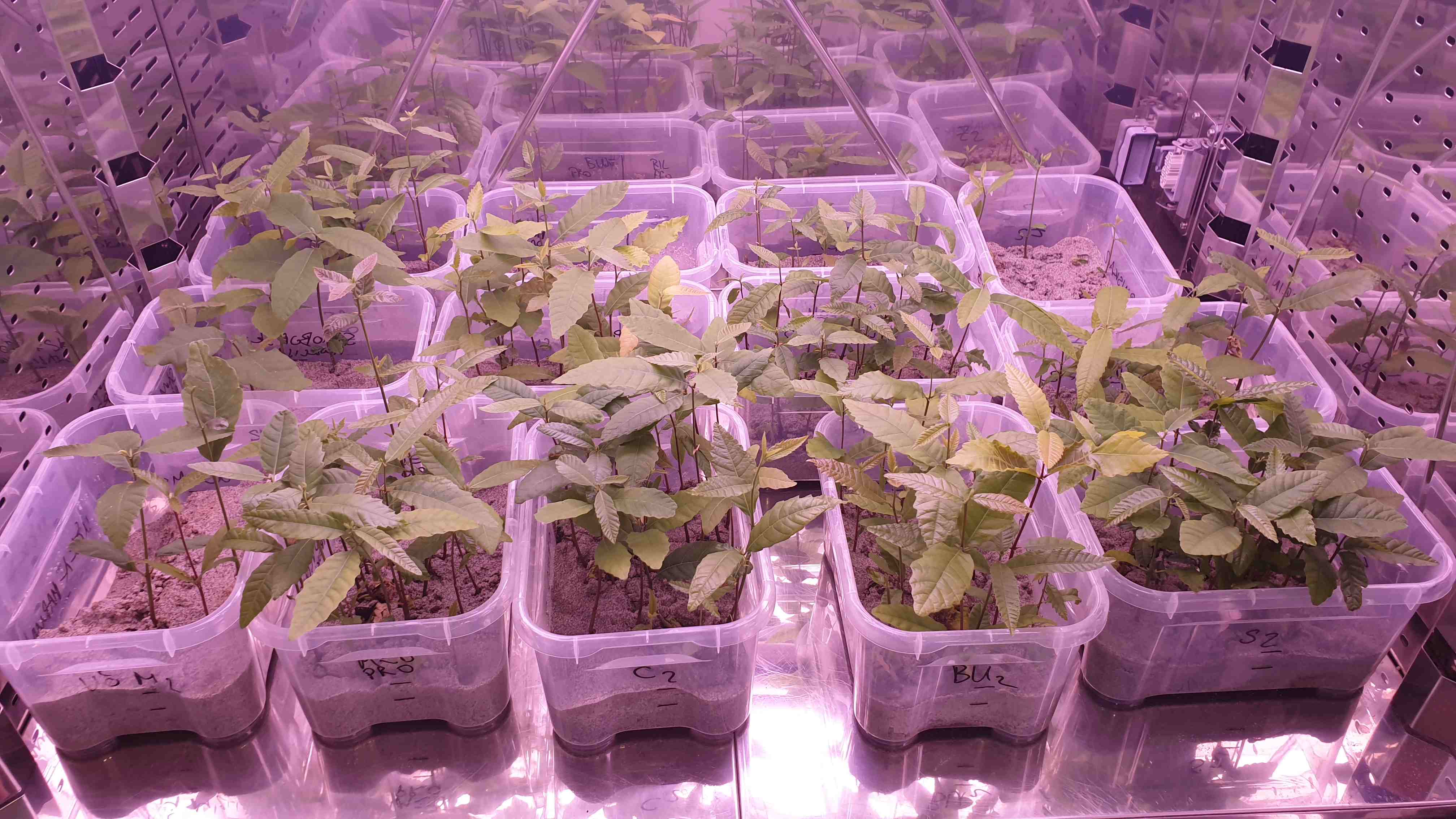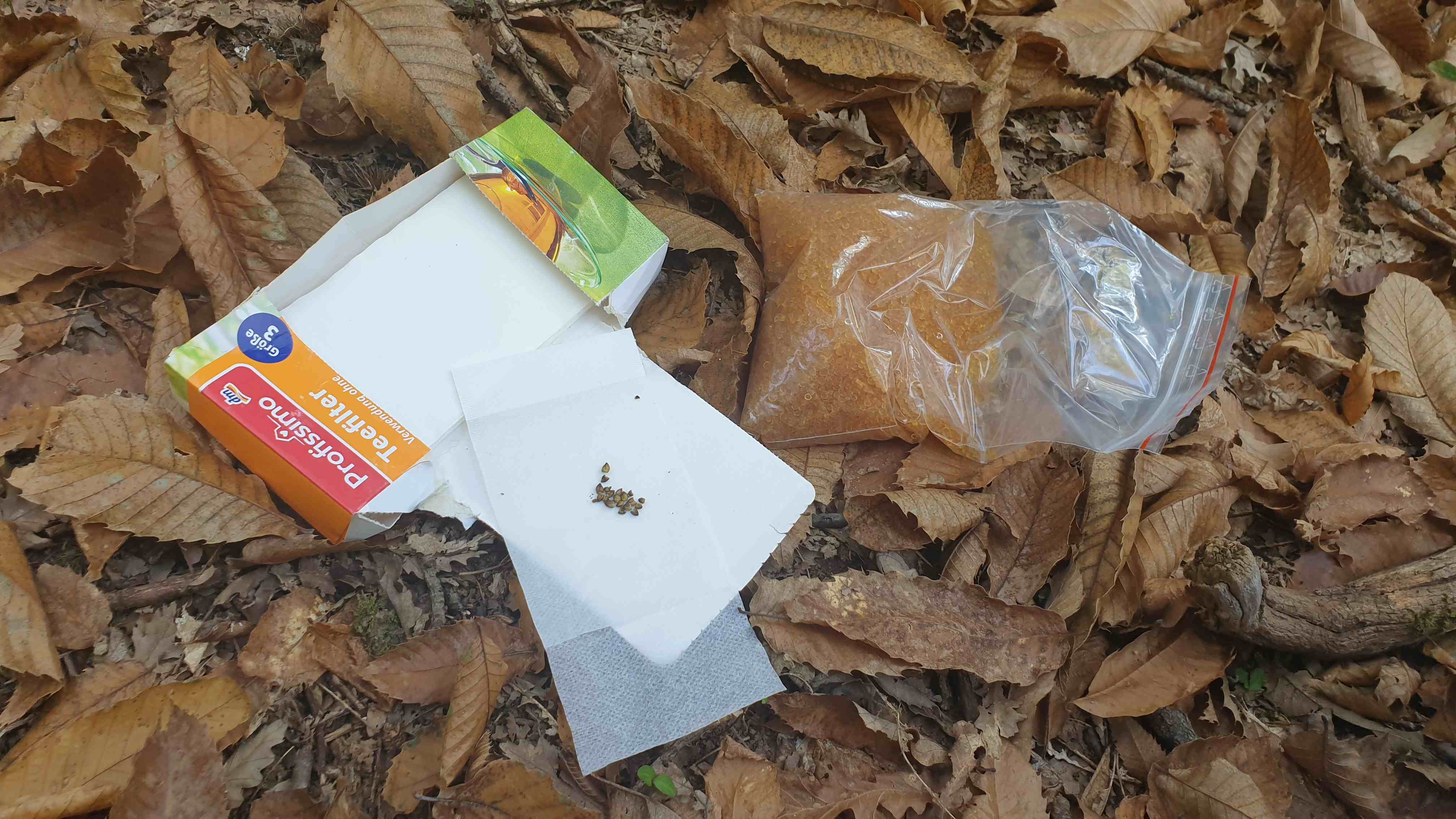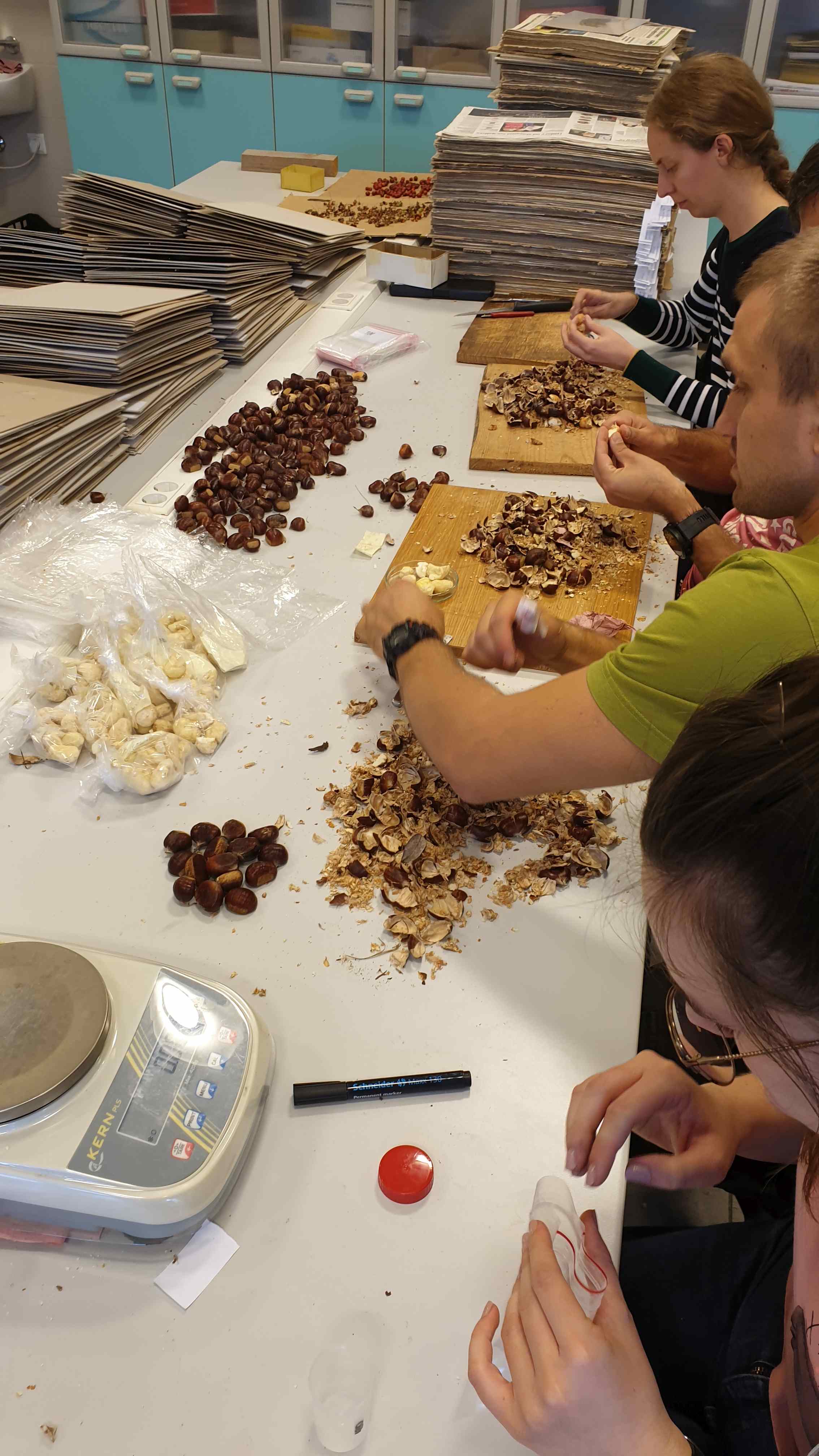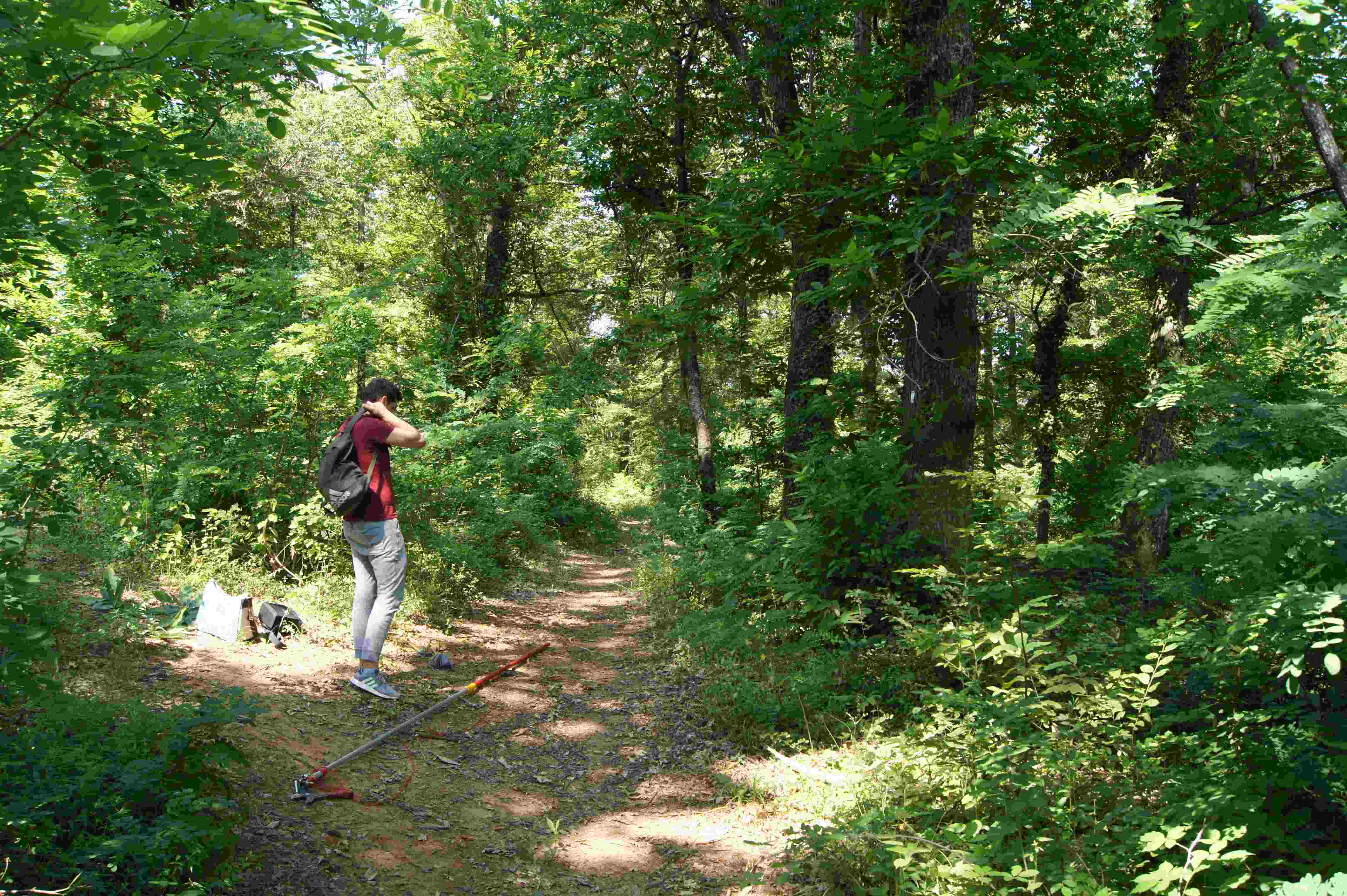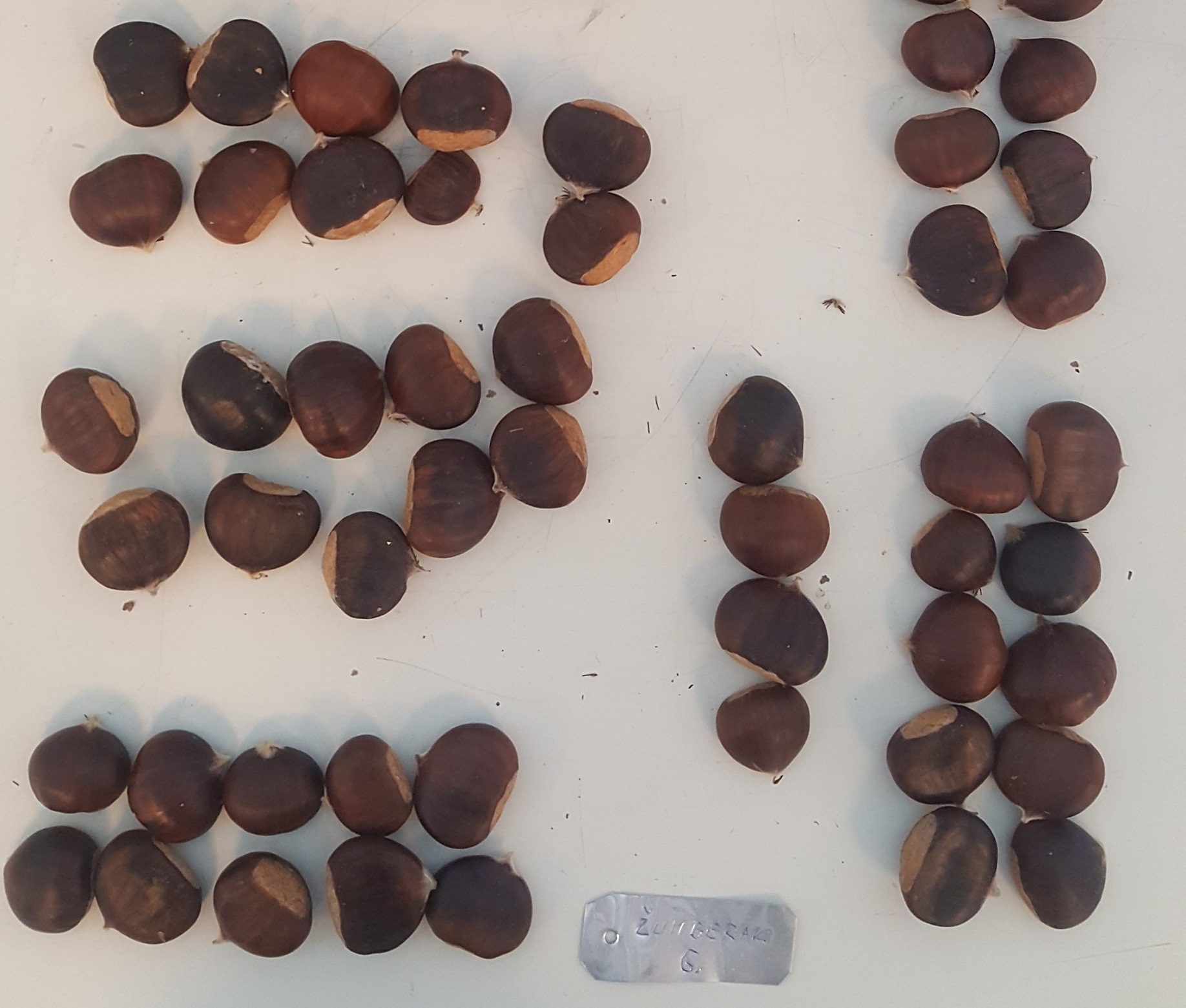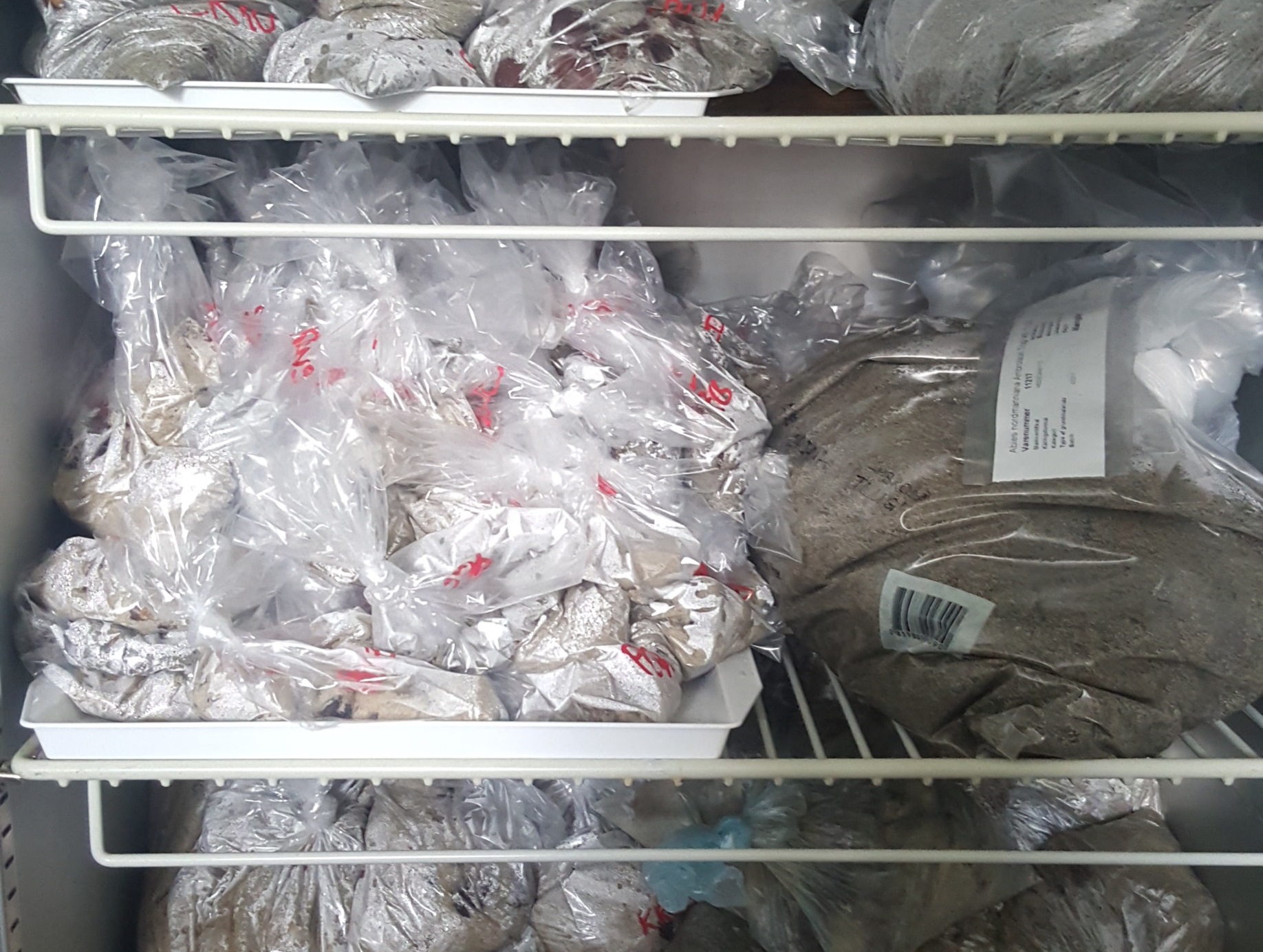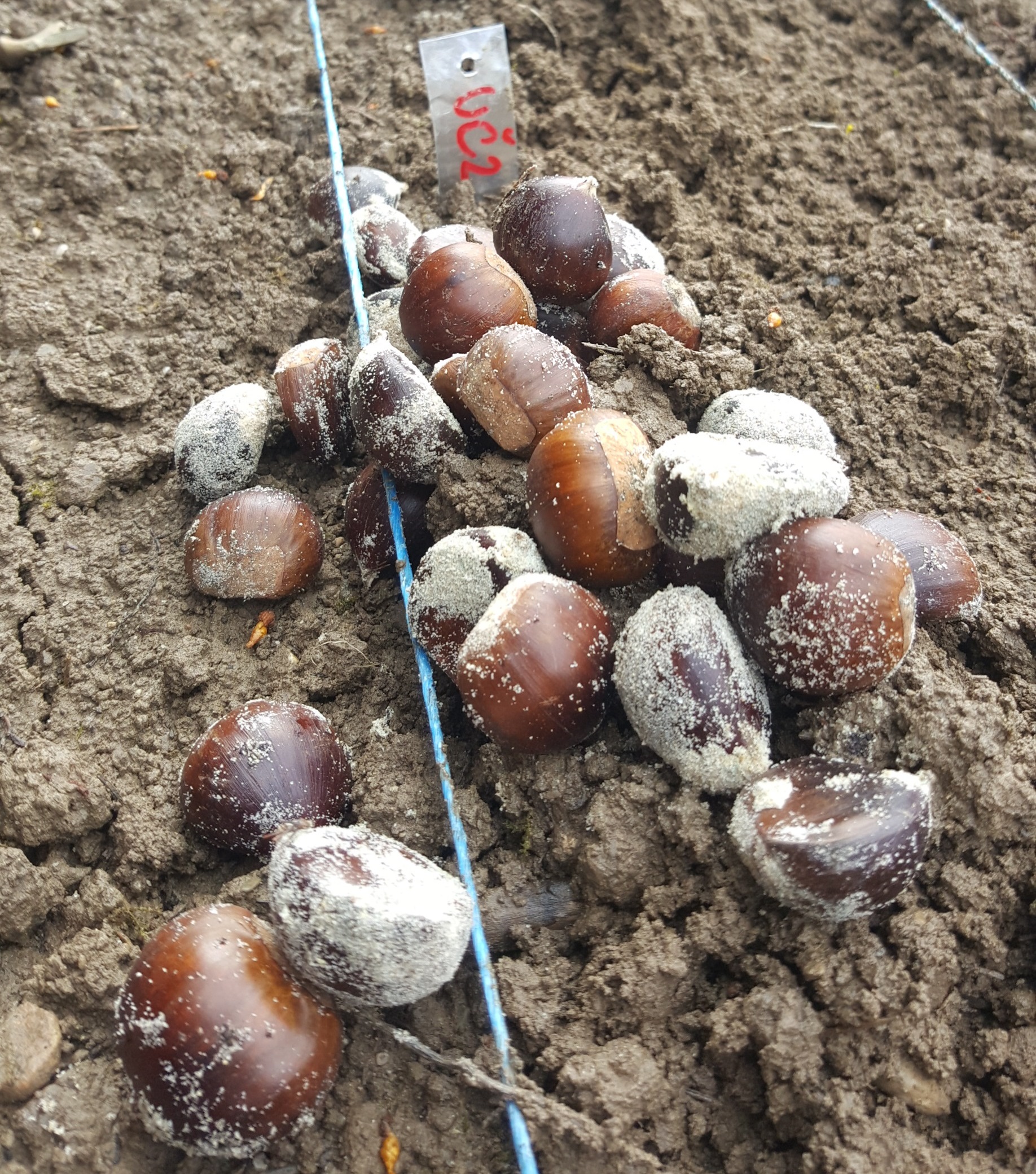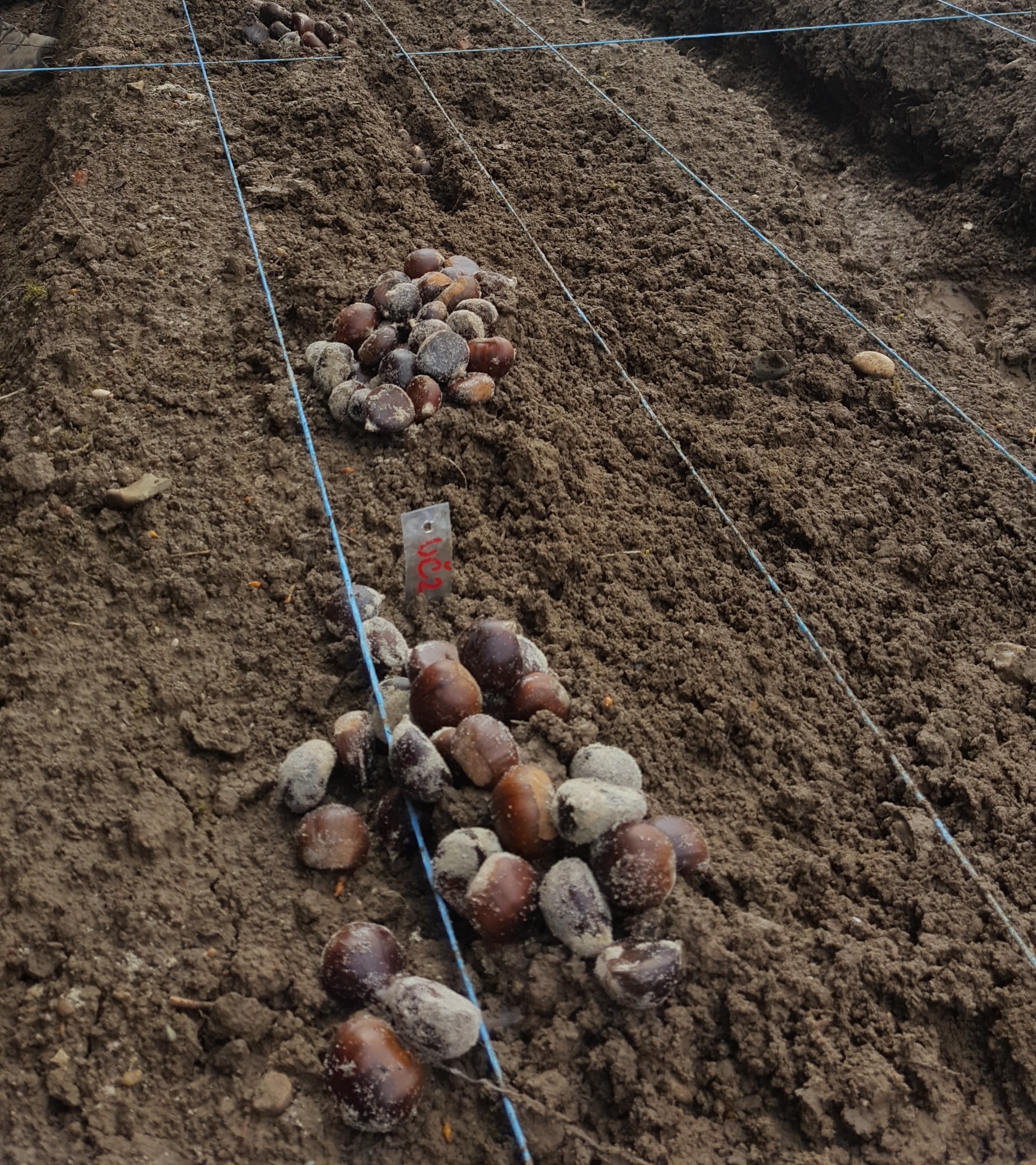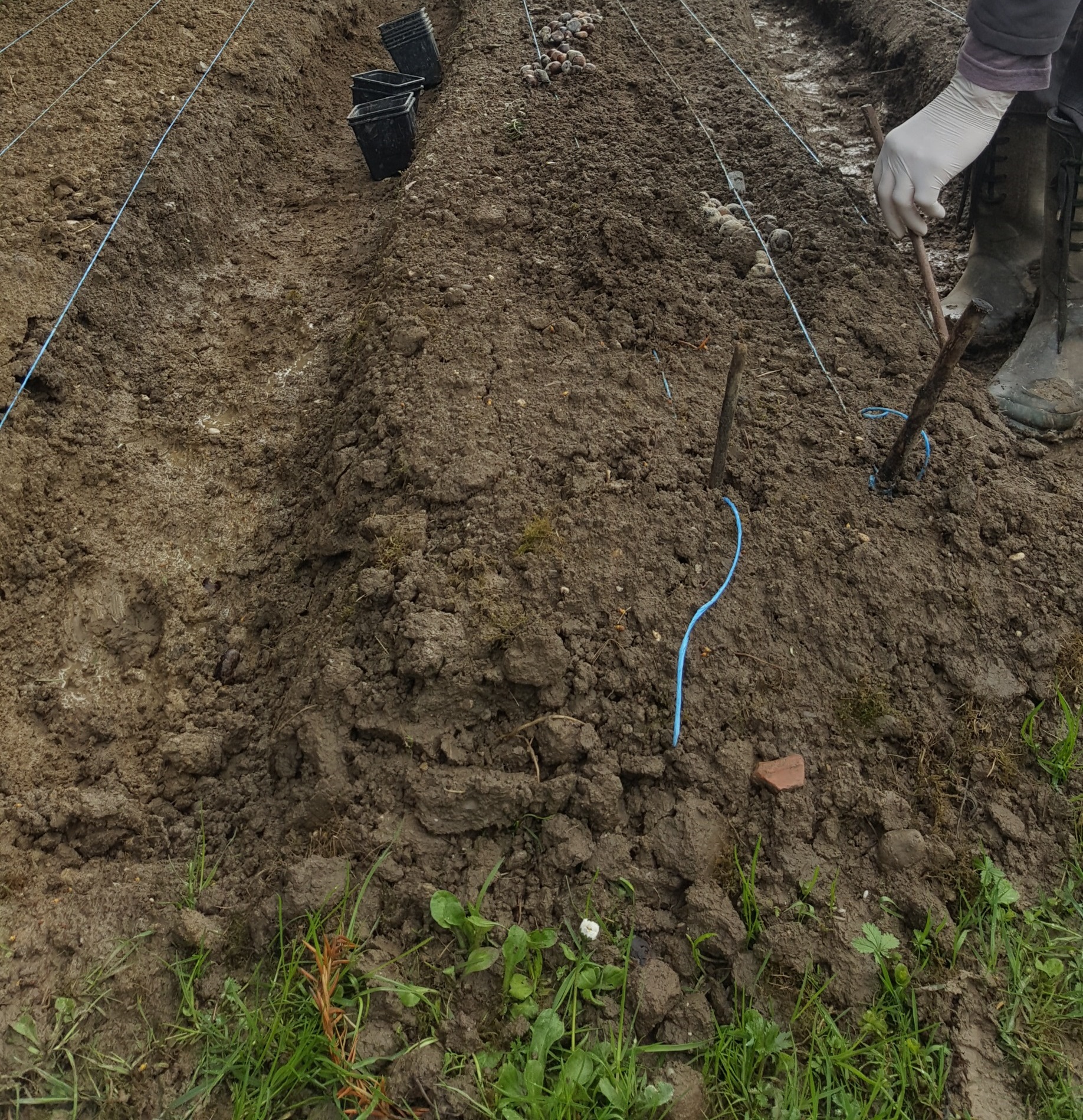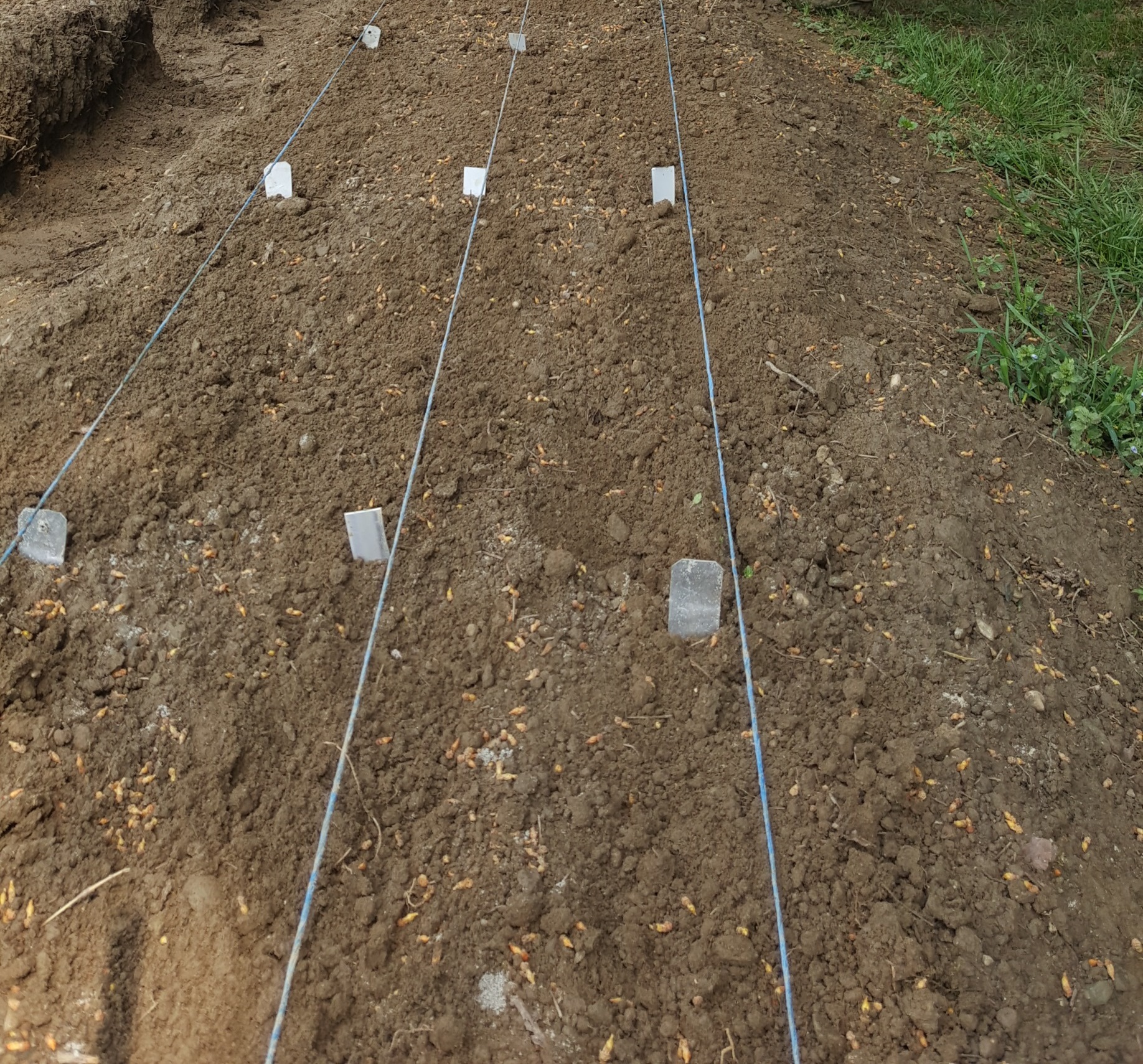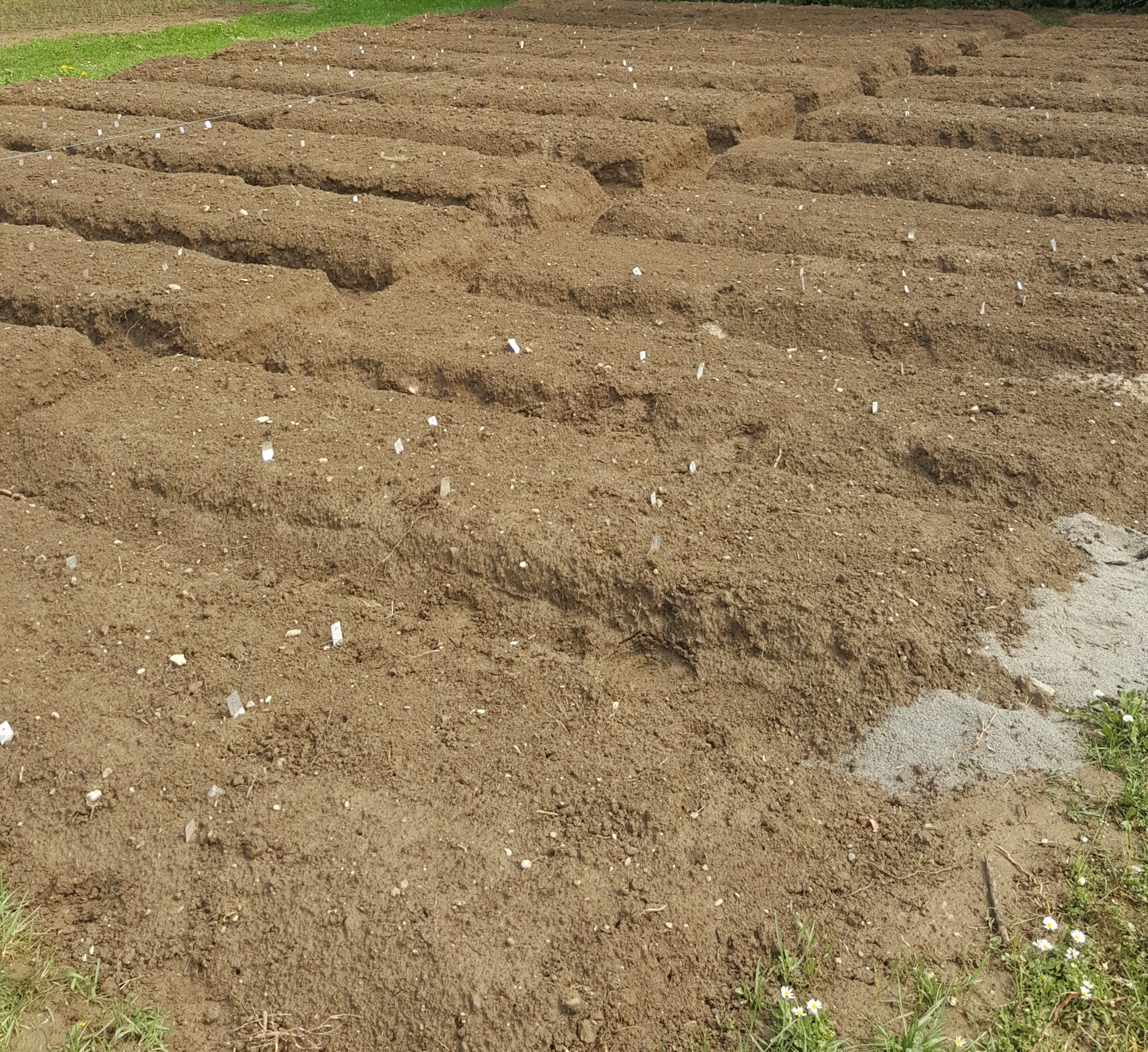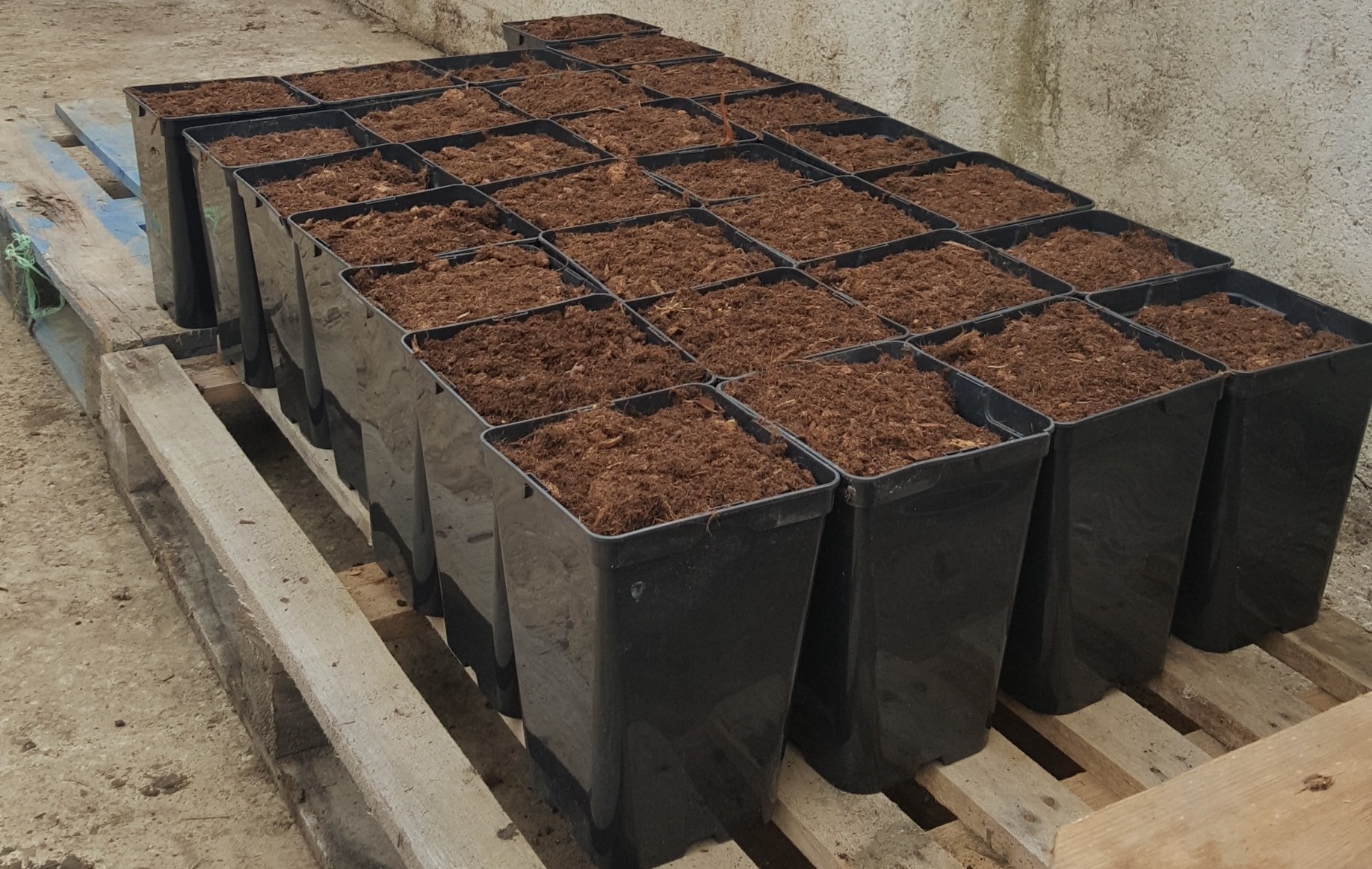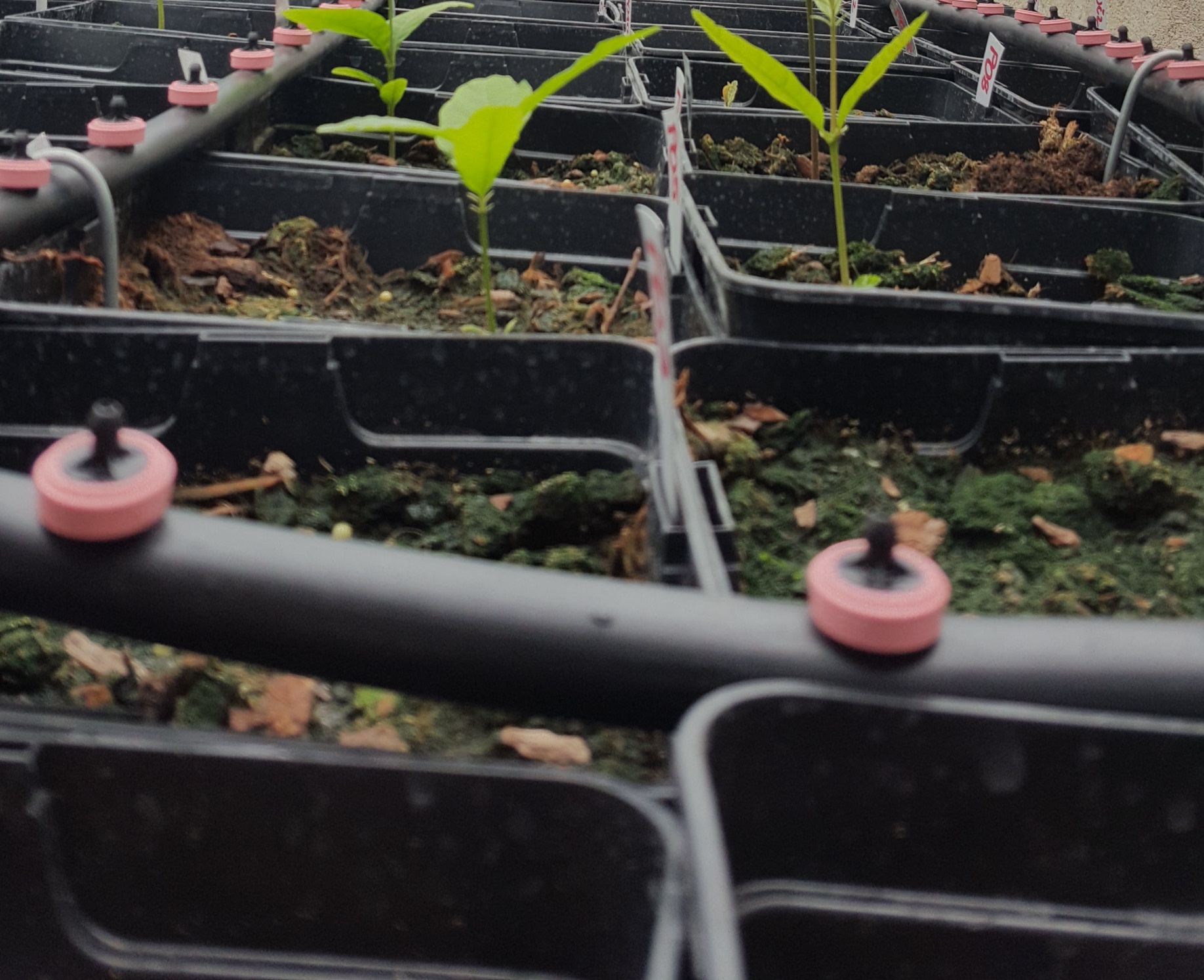Project leader: Marilena Idžojtić, University of Zagreb, Faculty of Forestry, Svetošimunska 25, 10000 Zagreb, Croatia (e-mail: midzojtic@sumfak.hr)
Financed by: Croatian Science Foundation (www.hrzz.hr)
Scientific field: Biotechnology, Natural Sciences
Collaborating Institutions:
University of Zagreb, Faculty of Forestry, Zagreb, Croatia (www.sumfak.unizg.hr)
University of Zagreb, Faculty of Science, Zagreb (https://www.pmf.unizg.hr/)
University of Zagreb, Faculty of Food Technology and Biotechnology, Zagreb (http://www.pbf.unizg.hr/)
Project duration: 15/10/2018 – 15/10/2022
Gene fow between wild trees and cultivated varieties shapes the genetic structure of sweet chestnut (Castanea sativa Mill.) populations
Filling the Gap in Southern Europe-Diversity of Cryphonectria parasitica an Associated Mycovirus (Cryphonectria hypovirus1) in Montenegro
Morphological and Chemical Variation of Wild Sweet Chestnut (Castanea sativa Mill.) Populations
The Effect of Seed Size on Germination and Seedling Growth in Sweet Chesnut (Castanea sativa Mill).
Traditional Sweet Chestnut and Hybrid Varieties: Chemical Composition, Morphometric and Qualitative Nut Characteristics
Authors: Igor Poljak, Nada Vahčić, Antonio Vidaković, Katarina Tumpa, Ivan Žarković i Marilena Idžojtić
Original: Agronomy (Q1, IF 2,603)
Category of paper: Research Paper
Key words: traditional sweet chestnut varieties, hybrid varieties, morphometric characteristics, standardized descriptors, chemical composition
Abstract: The chemical composition, morphometric and qualitative nut characteristics were studied in four traditional sweet chestnut and hybrid varieties produced on private estates in the Lovran surroundings, on the eastern slopes of Mount Učka, under the specific conditions of the sub‐Mediterranean climate. Seven morphological characteristics were measured, and 12 nut and kernel qualitative characteristics were estimated using standardized descriptors. In addition, the samples were analyzed for proximate constituents (moisture, crude fat, crude protein, ash and total carbohydrates) and macro‐ and micro‐nutrients (K, Mg, Ca, Na, Mn, Fe, Zn and Cu). Significant differences between traditional sweet chestnut and hybrid varieties were found in almost all of the studied morphometric and chemical nut characteristics. In general, chestnuts of hybrid varieties were characterized by larger fruits with higher moisture, crude protein, potassium, magnesium, sodium, iron and copper contents than in traditional sweet chestnut varieties. On the other hand, nuts of traditional sweet chestnut varieties were richer in total carbohydrates and crude fat. In addition, the presence of raised stripes, a small hilar scar and transversally ellipsoid nut shape were found to be typical for the traditional sweet chestnut varieties. Overall, our results suggest that the traditional varieties of the sweet chestnut can be easily differentiated from the new modern hybrid varieties by both morphological and chemical characteristics of the nut, and because of these differences, these two groups of chestnut varieties can have different practical uses.
Source language: English
Scientific area: Forestry
Temporal and spatial genetic population structure of Cryphonectria parasitica and its associated hypovirus across an invasive range of chestnut blight in Europe
Authors: Marin Ježić, Janine Melanie Schwarz, Simone Prospero, Kiril Sotirovski, Mihajlo Risteski, Mirna Ćurković-Perica, Lucija Nuskern, Ljiljana Krstin, Zorana Katanić, Ema Maleničić, Igor Poljak, Marilena Idžojtić i Daniel Rigling
Original: Phytopathology
Category of paper: Research Paper
Key words: biological control, phytopathogenic fungus, population genetics, RNA virus
Abstract: Chestnut blight has spread throughout Europe since the introduction of its causal agent Cryphonectria parasitica over 70 years ago. In our study, we have analysed diversity of vegetative compatibility (vc) and microsatellite genotypes of C. parasitica, as well as sequence diversity of Cryphonectria hypovirus 1 (CHV1) in six populations from Switzerland, Croatia and North Macedonia. Resampling of local populations that were already investigated more than a decade ago allowed us to analyse the spatial and temporal population structure across an invasive range of the pathogen in Europe. Regardless which genetic marker was used, the over 60 year-old Swiss and Croatian populations had a high population diversity, while younger North Macedonian populations were mostly clonal. These diversity differences between the investigated populations remained stable over time. A high diversity of CHV1 was observed in all three countries, with North Macedonian strains forming a separate cluster from strains obtained in other countries. No correlation between vc diversity and CHV1 prevalence was observed, suggesting a well-established and maintained natural hypovirulence in all countries, further corroborated by an observed increase in genetic diversity of Croatian C. parasitica populations over time, without collapse of CHV1 prevalence.
Source language: English
Scientific area: Forestry
Vegetative propagation of sweet chestnut and marrons
Authors: Katarina Tumpa, Marilena Idžojtić, Mirna Ćurković-Perica, Marin Jeić, Davor Jurtić , Damir Drvodelić, Mario Šango, Milovan Žigante i Igor Poljak
Original: Šumarski list
Category of paper: professional paper
Key words: vegetative propagation, grafting, marrons, sweet chestnut, varieties
Abstract: Select varieties of sweet chestnut called marrons are cultivated for their large and exquisite fruits. Most of the countries with native sweet chestnut populations have their autochthonous varieties that were arduously created through selective breeding over many centuries. Marron cultivation has a long history in Croatia, mostly in the Lovran area and its surroundings. Although threatened by pests and diseases, as well as land abandonment, some growers still practice the traditional cultivation methods. This paper provides an overview of the most common vegetative propagation methods utilized for the sweet chestnut and marrons sapling production, as well as a shorter overview of cultivation methods, breeding, and the importance of marron plantations in Croatia. Identical fruit characteristics can be inherited by progenies only through faithful passing on of the parent’s genotype, thus marrons are propagated vegetatively. Grafting in tree nurseries is the most common method of vegetative propagation of marrons. Other vegetative methods discussed are propagation by layering, cuttings and tissue culture, occasionally used in the reproduction of sweet chestnut.
Source language: Croatian
Scientific area: Forestry
Population Variability of Sweet Chestnut (Castanea sativa Mill.) in Croatia According to the Fruit Morphology
Event: Sixth Croatian Botanical Symposium
Organizers: Croatian Botanical Society
Authors: Igor Poljak, Ivan Perković, Damir Drvodelić, Ivana Zegnal, Katarina Tumpa, Antonio Vidaković i Marilena Idžojtić
Date: August 30-September 1, 2019
Location: Zagreb, Croatia
Laboratory Germination Testing of the Sweet Chestnut (Castanea sativa Mill.) According to ISTA Rules
Authors: Damir Drvodelić, Igor Poljak, Ivan Perković, Mario Šango, Katarina Tumpa, Ivana Zegnal i Marilena Idžojtić
Original: Forestry Journal - scientific forestry-specialized publication of the Croatian Forestry Association (0373-1332) (2019)
Category of paper: professional paper
Key words: sweet chestnut, seedling morphology, normal seedling, abnormal seedling, germination, forest nursery
Abstract: The paper presents the results of laboratory germination testing and morphological characteristics of sweet chestnut (Castanea sativa Mill.) seedlings. The research samples were collected in the sub-Mediterranean region of Croatia, and the working sample for germination testing was 8×25 seeds. Prior to germination testing, the seeds were stored in a refrigerator for three months at 3°C. The percentage of laboratory germination was established according to the percentage of regular seedlings which germinated normally after 27 days of testing. The testing was carried out in a laboratory under the conditions prescribed by ISTA (International Seed Testing Association). A digital photo camera was used to take photos of all abnormal seedlings, which were then catalogued with their pictures and descriptions. The results of this research are very useful for nursery practice and can be applied in producing plants from seeds, rootstocks for grafting, and further raising of seedlings to be grown in plantations.
Source language: Croatian
Scientific area: Forestry

Acronym: CHESTNUT AND MARRON

The main goal of this research is to reveal: (1) neutral and adaptive variability in sweet chestnut natural populations from different environmental habitats in Croatia; (2) associations between genetic structure, morphological variation, chemical variation and environmental differences (climatic and soil) in sweet chestnut natural populations; (3) sweet chestnut seed quality and germination requirements; (4) genetic basis of variation for adaptive traits on seedlings reared in greenhouse; (5) genetic basis of variation for adaptive traits on seedlings reared in reciprocal transplant experiments; (6) epigenetic responses to drought stress; (7) tolerance of selected genotypes to pathogens; (8) resistance to pathogens on seedlings reared in nursery; (9) associations between population genetic approach and greenhouse and reciprocal transplant experiments; (10) continuation of long term monitoring of C. parasitica populations; (11) neutral and adaptive variability in Croatian sweet chestnut cultivars; (12) differences in fruit and leaf morphology and chemical composition of fruits between Croatian chestnut cultivars; (13) associations between genetic, morphological variation, chemical variation and environmental differences (climatic and soil) in chestnut cultivars; (14) delineation of seed zones and definition of seed transfer guidelines for Croatian chestnut populations.
Aside from contribution to the basic scientific knowledge on molecular biology and ecology of sweet chestnut, the results of this project will contribute to the development of sustainable management of sweet chestnut in Croatia. Based on the results from this research, we will delineate seed zones and define seed transfer guidelines, which will provide operational, effective criteria, methods, guidelines, and recommendations helping in the optimal management of Croatian sweet chestnut stands. Furthermore, from Croatian natural sweet chestnut populations, genotypes tolerant to abiotic stress, i.e. drought, will be selected. The genotypes with higher tolerance to biotic stress, i.e. infection with C. parasitica, will be selected as well. Additionally, results from this project will contribute directly to the protection of geographic origin of the autochthonous marron cultivars, which is very important for the local population in the Lovran area, Istria and island Cres, but for Croatia as well



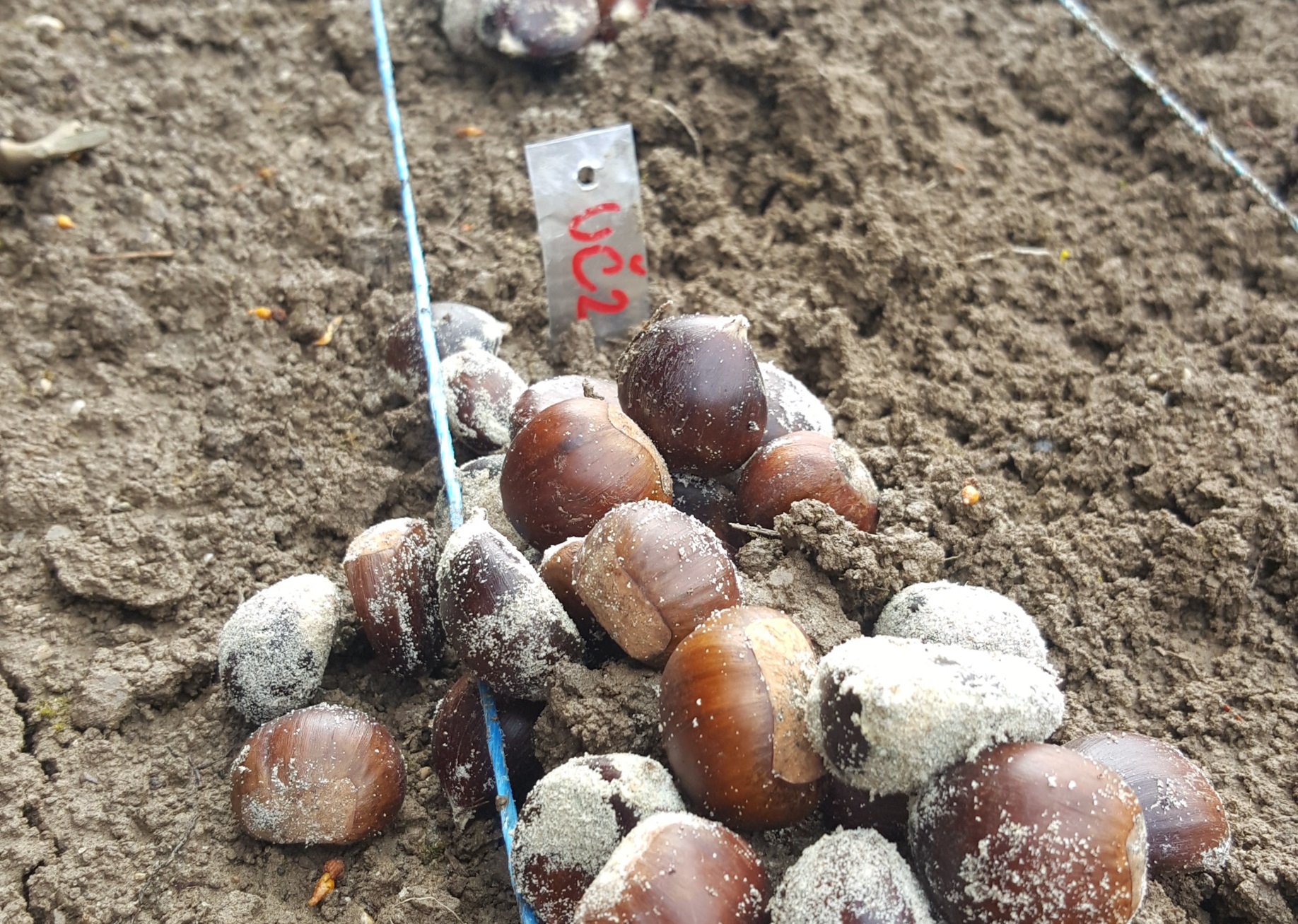
Project leader
University of Zagreb, Faculty of Forestry, Department of Forest Genetics, Dendrology and Botany, Svetošimunska 25, HR-10000 Zagreb, Croatia
: midzojtic@sumfak.hr
collaborator
University of Zagreb, Faculty of Forestry, Department of Forest Genetics, Dendrology and Botany, Svetošimunska 25, HR-10000 Zagreb, Croatia
ipoljak@sumfak.hr
collaborator
University of Zagreb, Faculty of Forestry, Department of Forest Ecology and Silviculture, Svetošimunska 25, HR-10000 Zagreb, Croatia
vroje@sumfak.hr
collaborator
University of Zagreb, Faculty of Forestry, Department of Forest Ecology and Silviculture, Svetošimunska 25, HR-10000 Zagreb, Croatia
iperkovic@sumfak.hr
collaborator
University of Zagreb, Faculty of Forestry, Department of Forest Ecology and Silviculture, Svetošimunska 25, HR-10000 Zagreb, Croatia
ddrvodelic@sumfak.hr
collaborator
University of Zagreb, Faculty of Science, Department of Biology, Marulićev trg 9A/ II, HR-10000 Zagreb
zlatko.liber@biol.pmf.hr
collaborator
University of Zagreb, Faculty of Science, Department of Biology, Marulićev trg 9A/ II, HR-10000 Zagreb
marin.jezic@biol.pmf.hr
collaborator
University of Zagreb, Faculty of Science, Department of Biology, Marulićev trg 9A/ II, HR-10000 Zagreb
mirna.curkovic-perica@biol.pmf.hr
collaborator
University of Zagreb, Faculty of Food Technology and Biotechnology, Department of Food Quality Control, Pierottijeva 6, HR-10000 Zagreb
ipanjkota@pbf.hr
PhD student
University of Zagreb, Faculty of Forestry, Department of Forest Genetics, Dendrology and Botany, Svetošimunska 25, HR-10000 Zagreb, Croatia
ktumpa@sumfak.hr
collaborator
University of Zagreb, Faculty of Forestry, Department of Forest Genetics, Dendrology and Botany, Svetošimunska 25, HR-10000 Zagreb, Croatia
avidakovic@sumfak.hr

